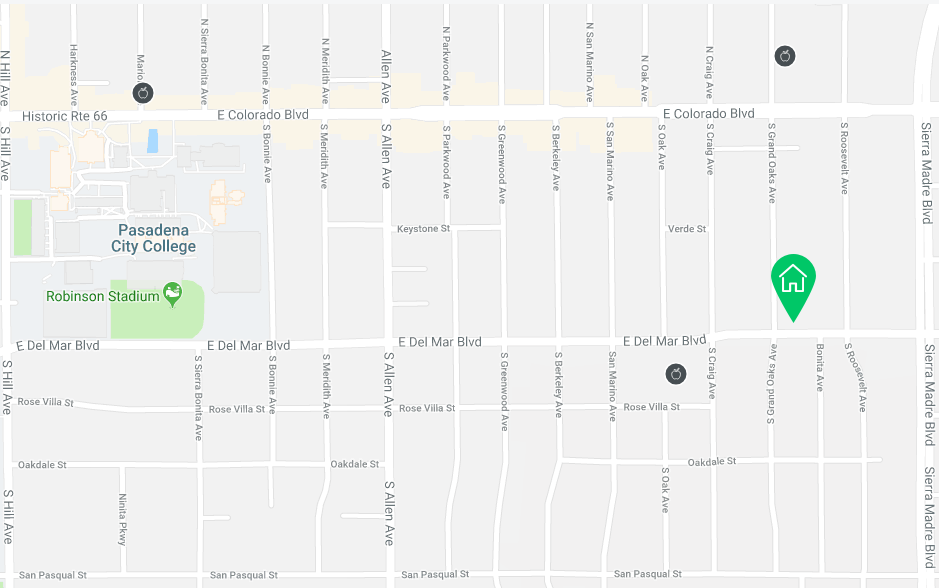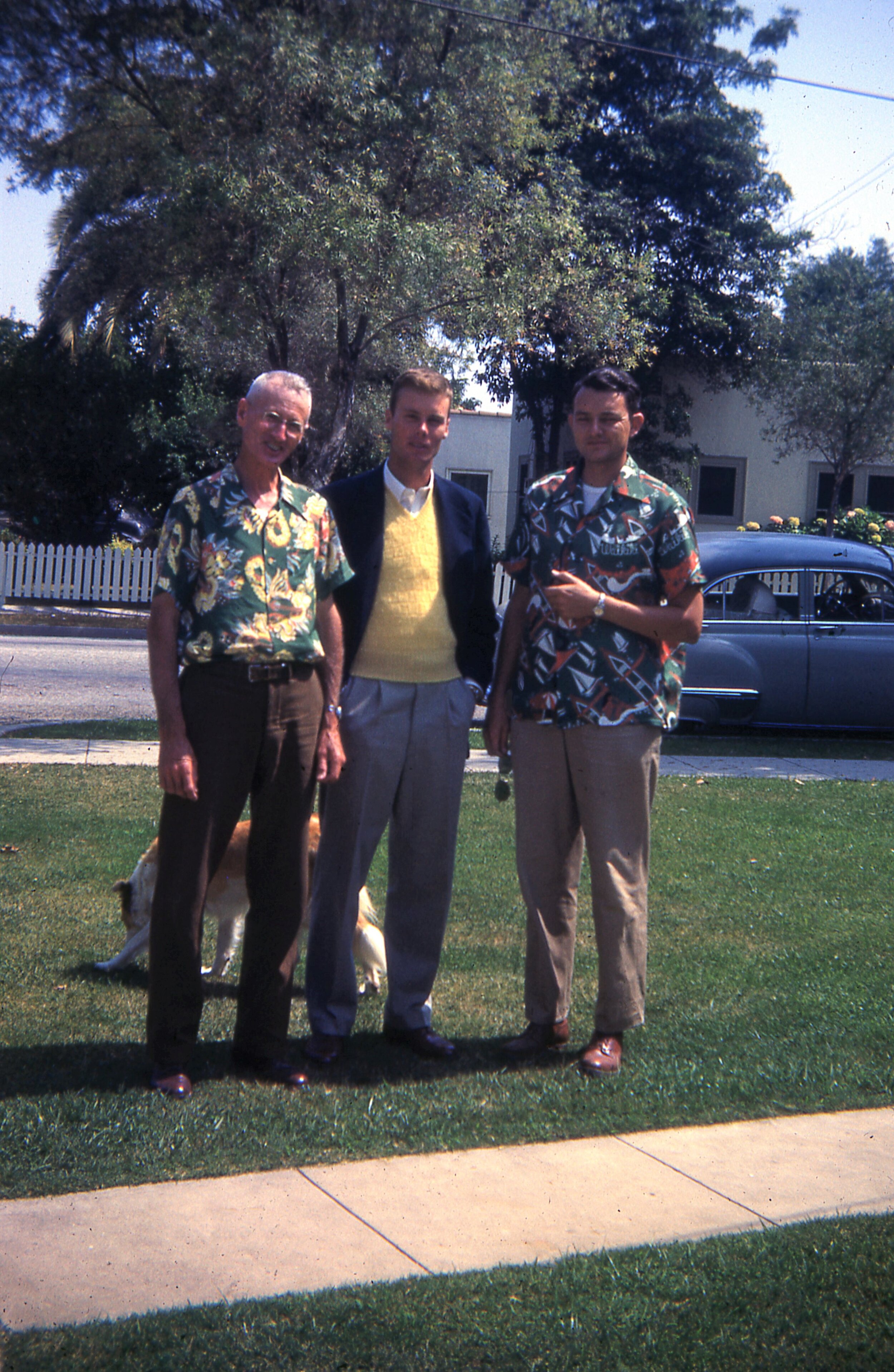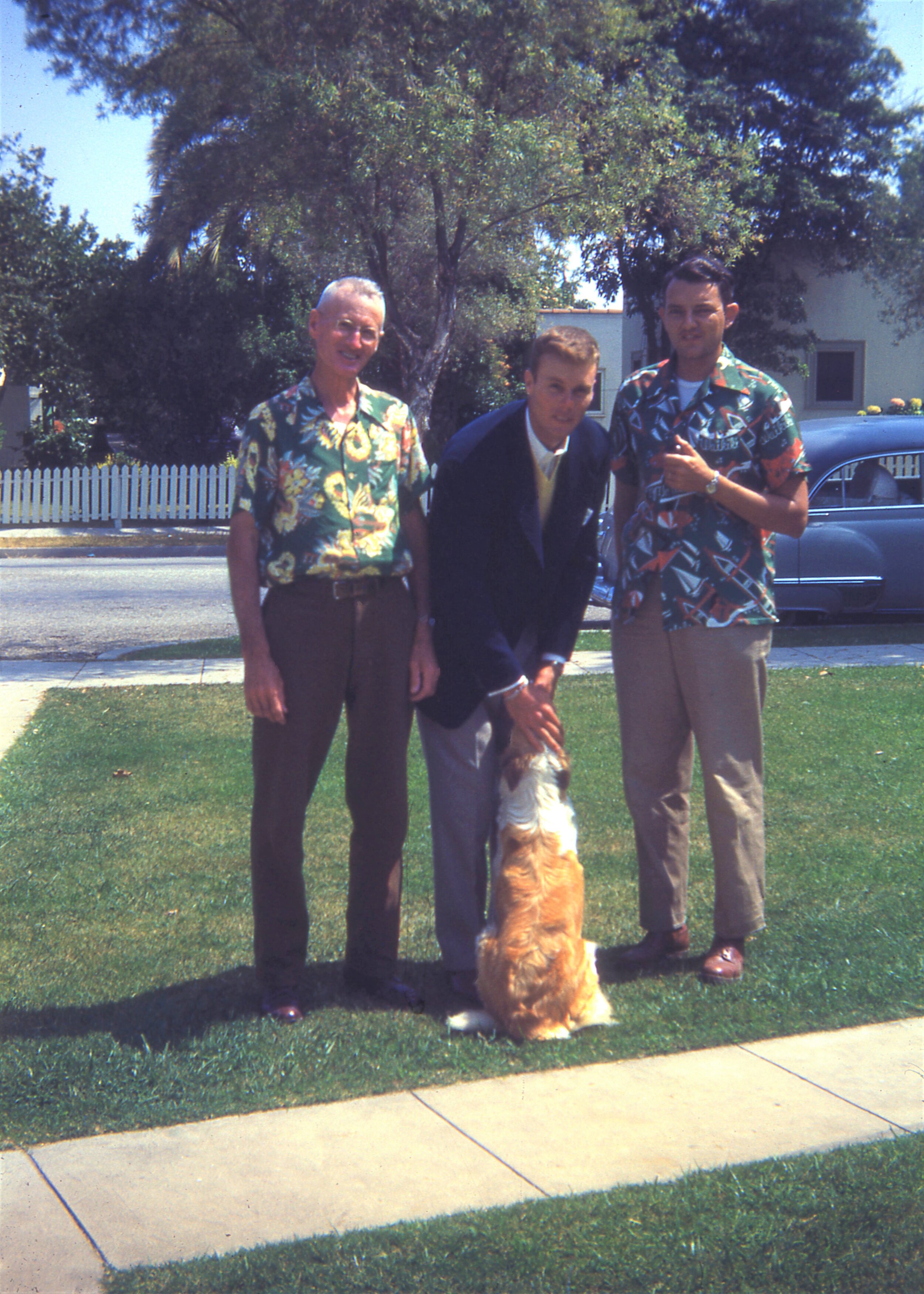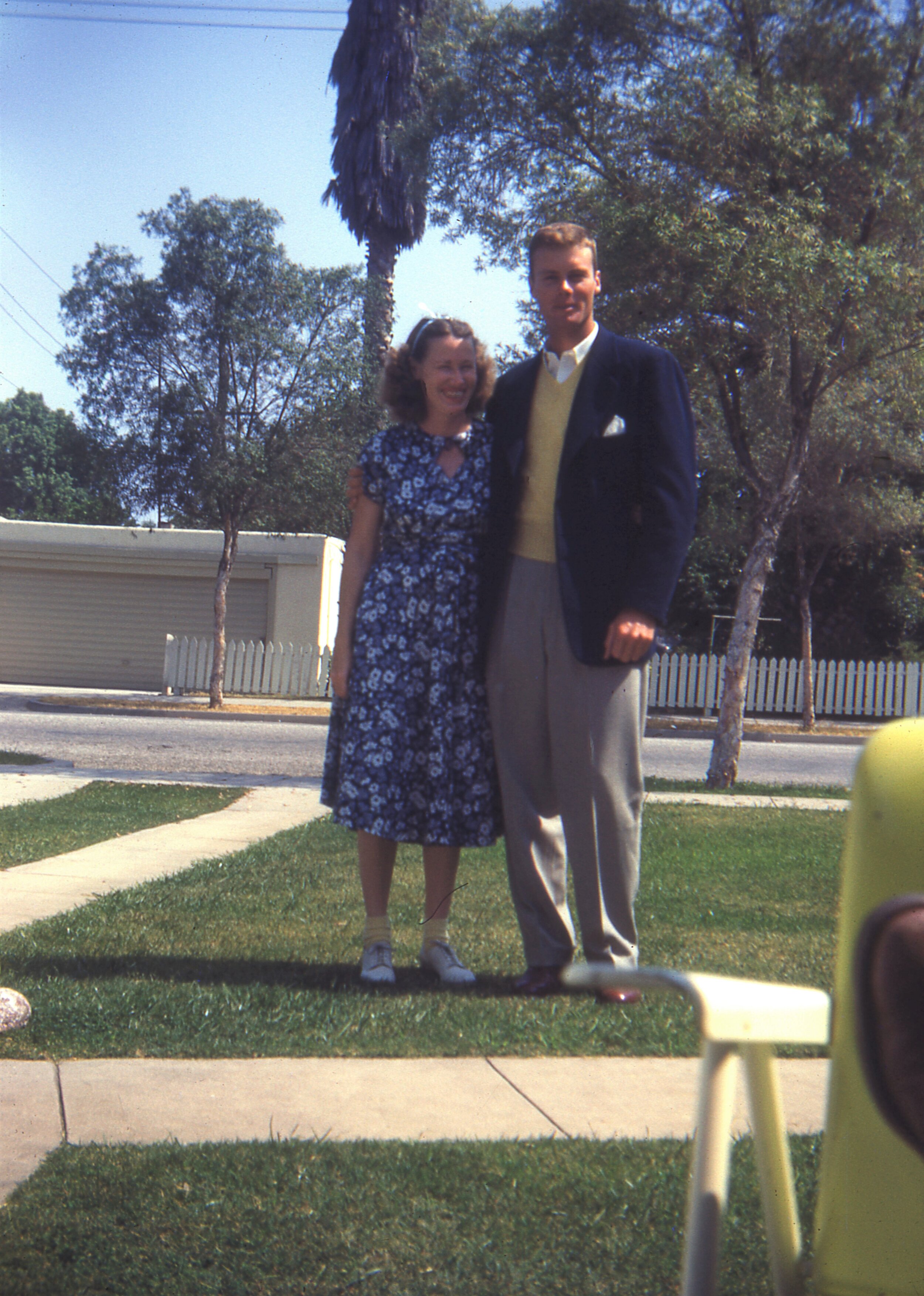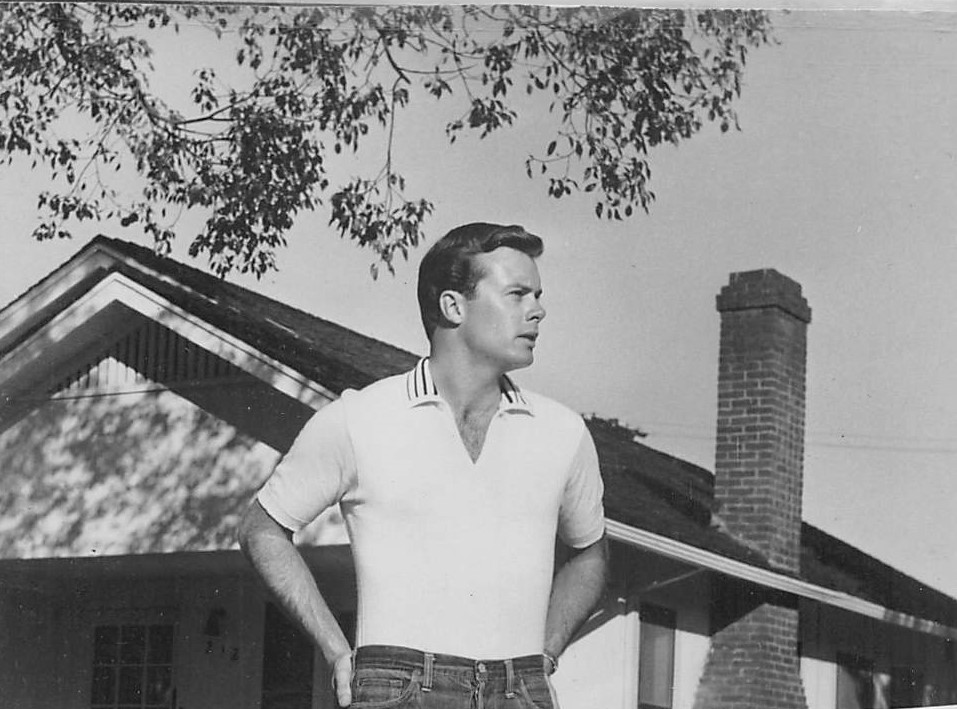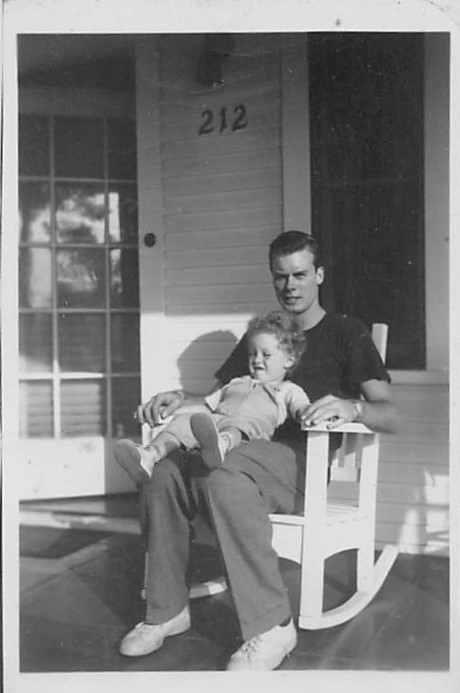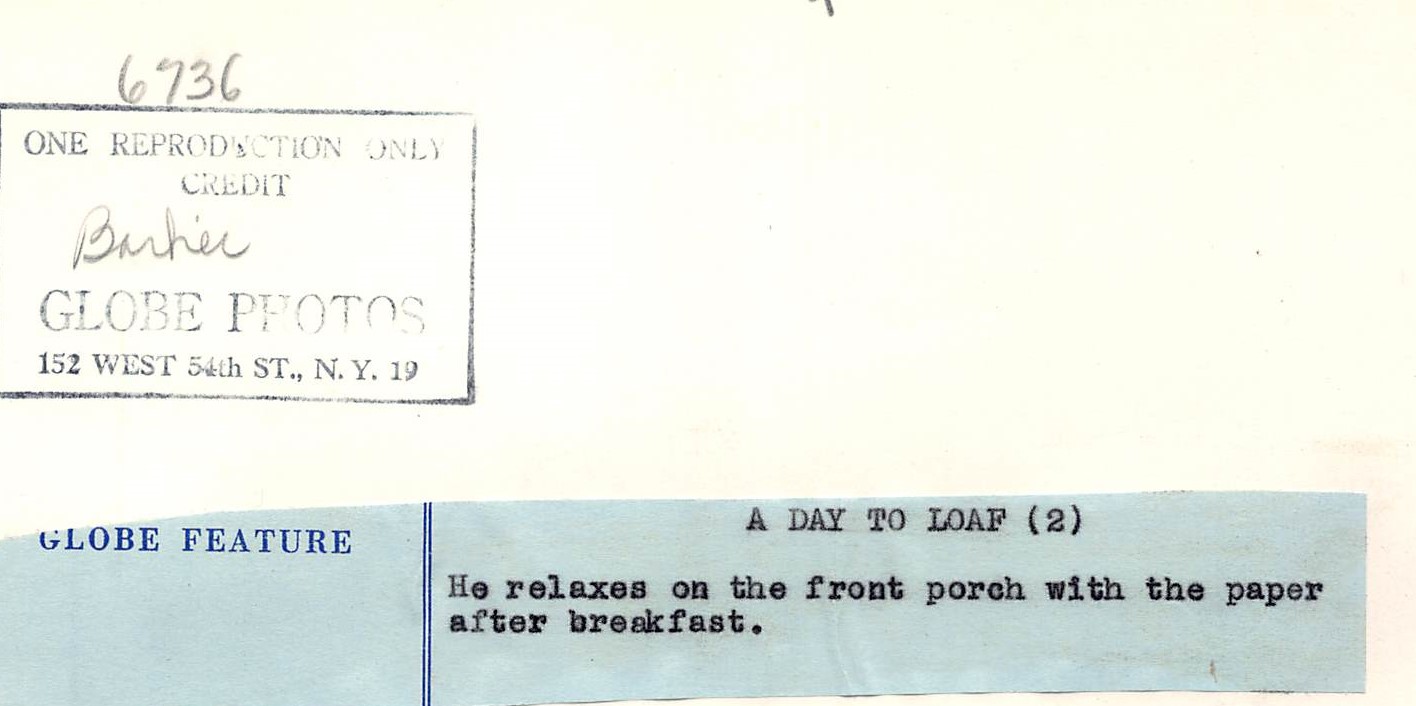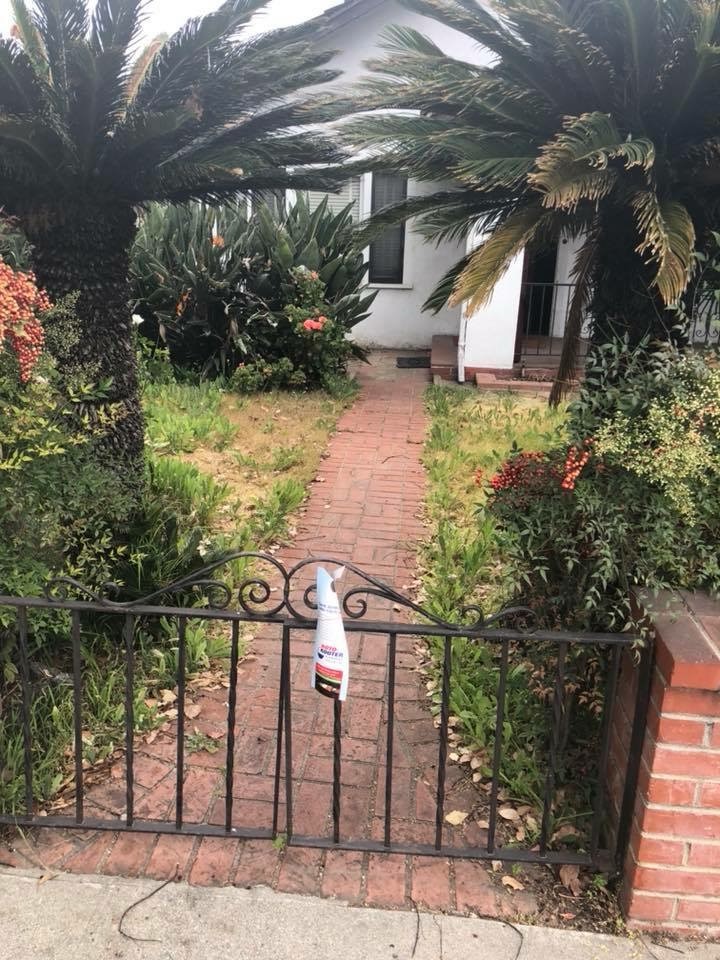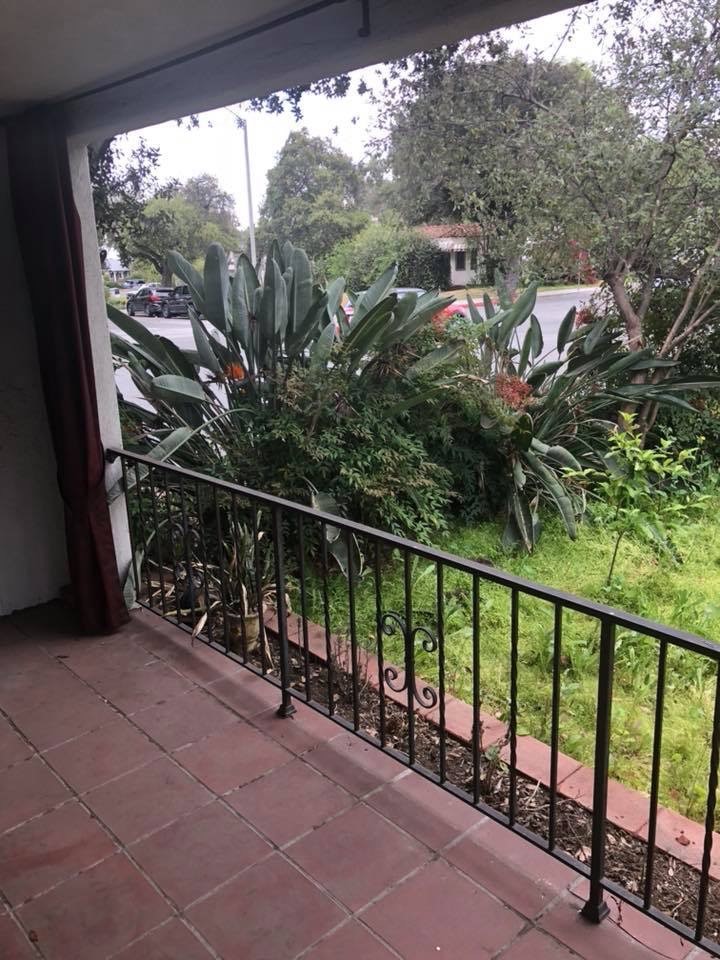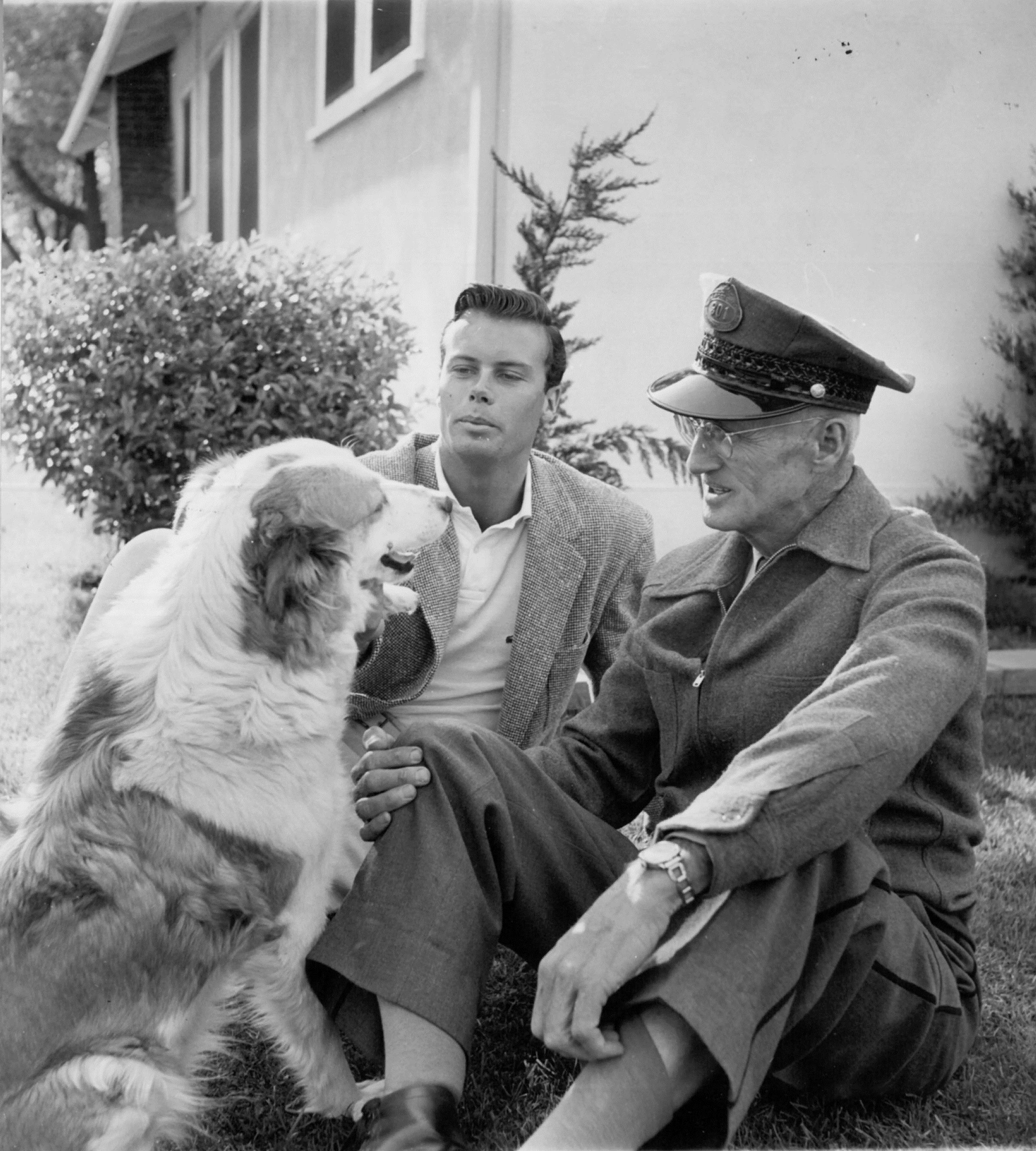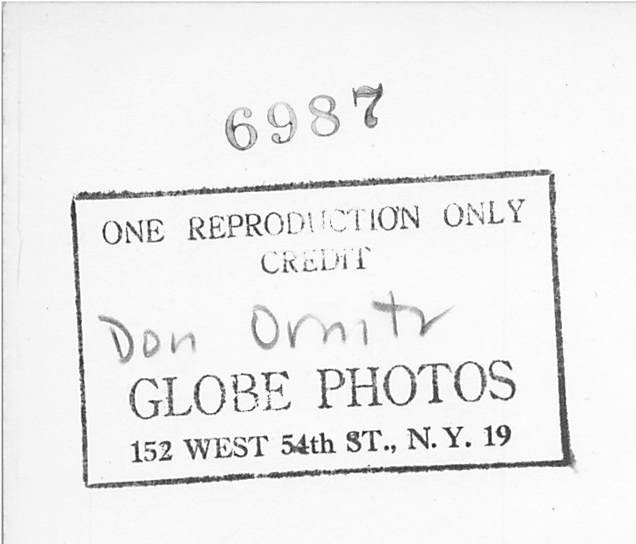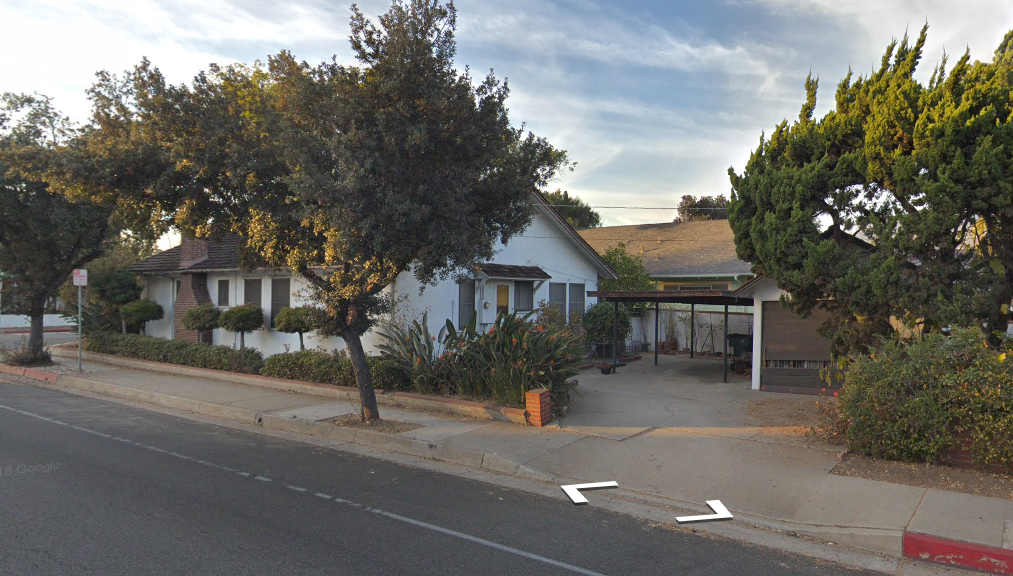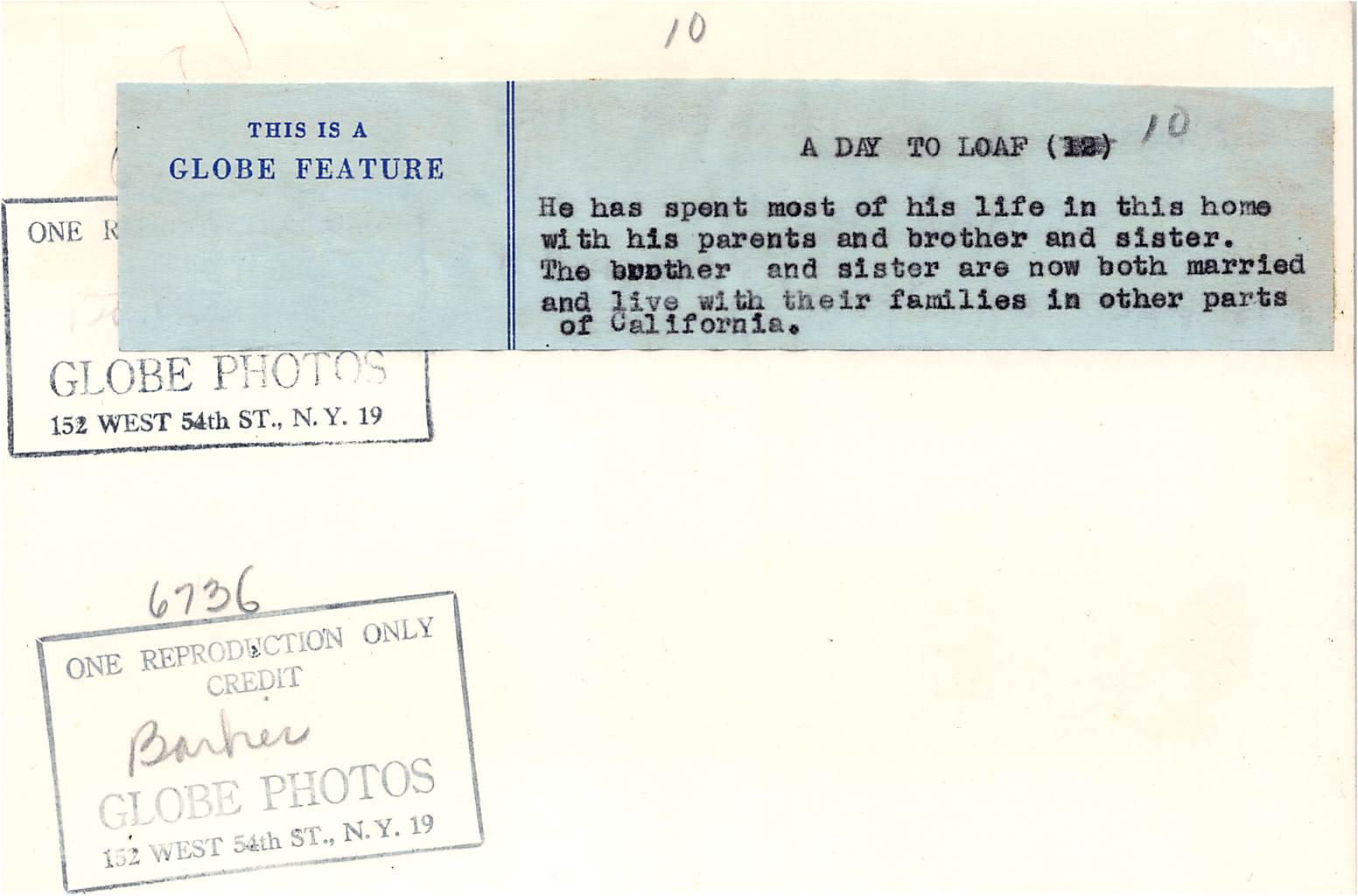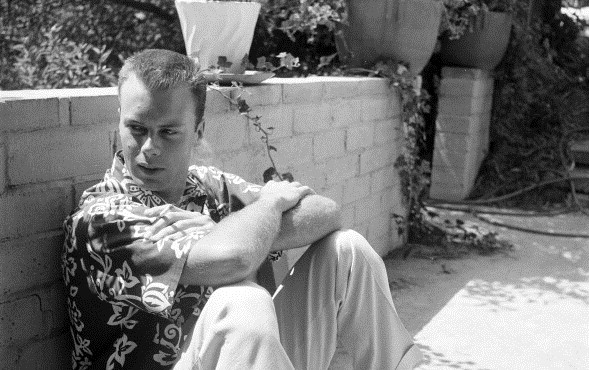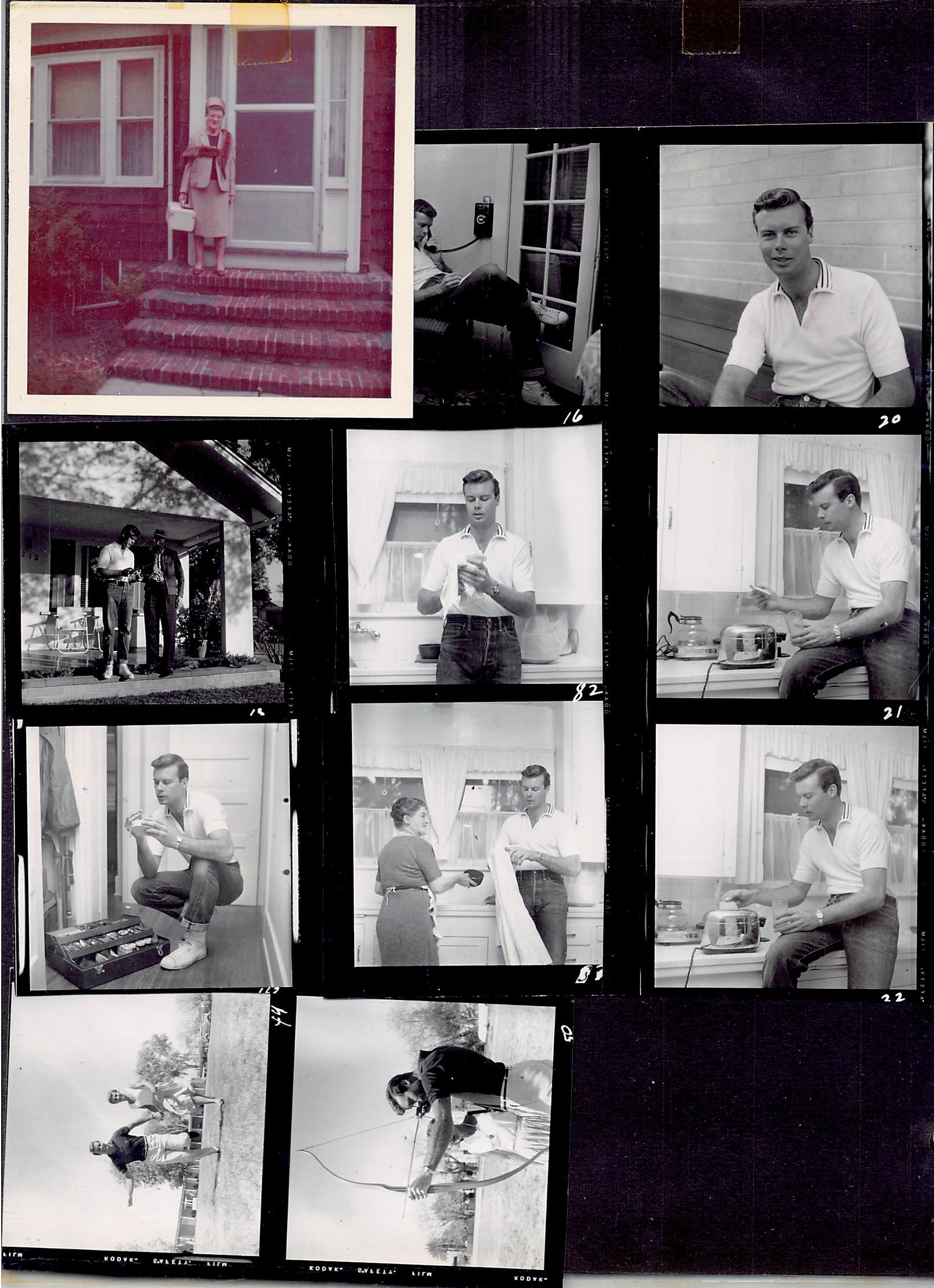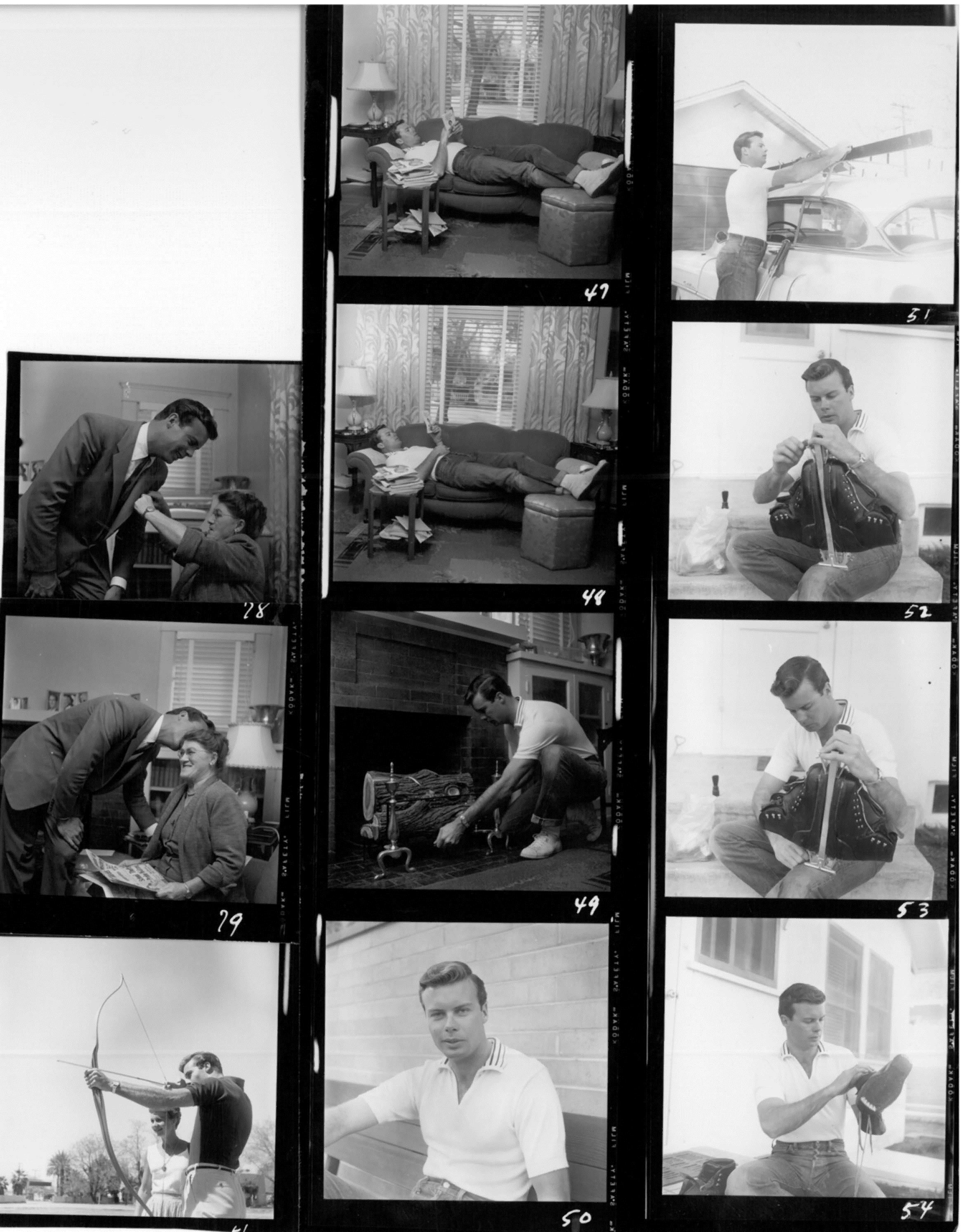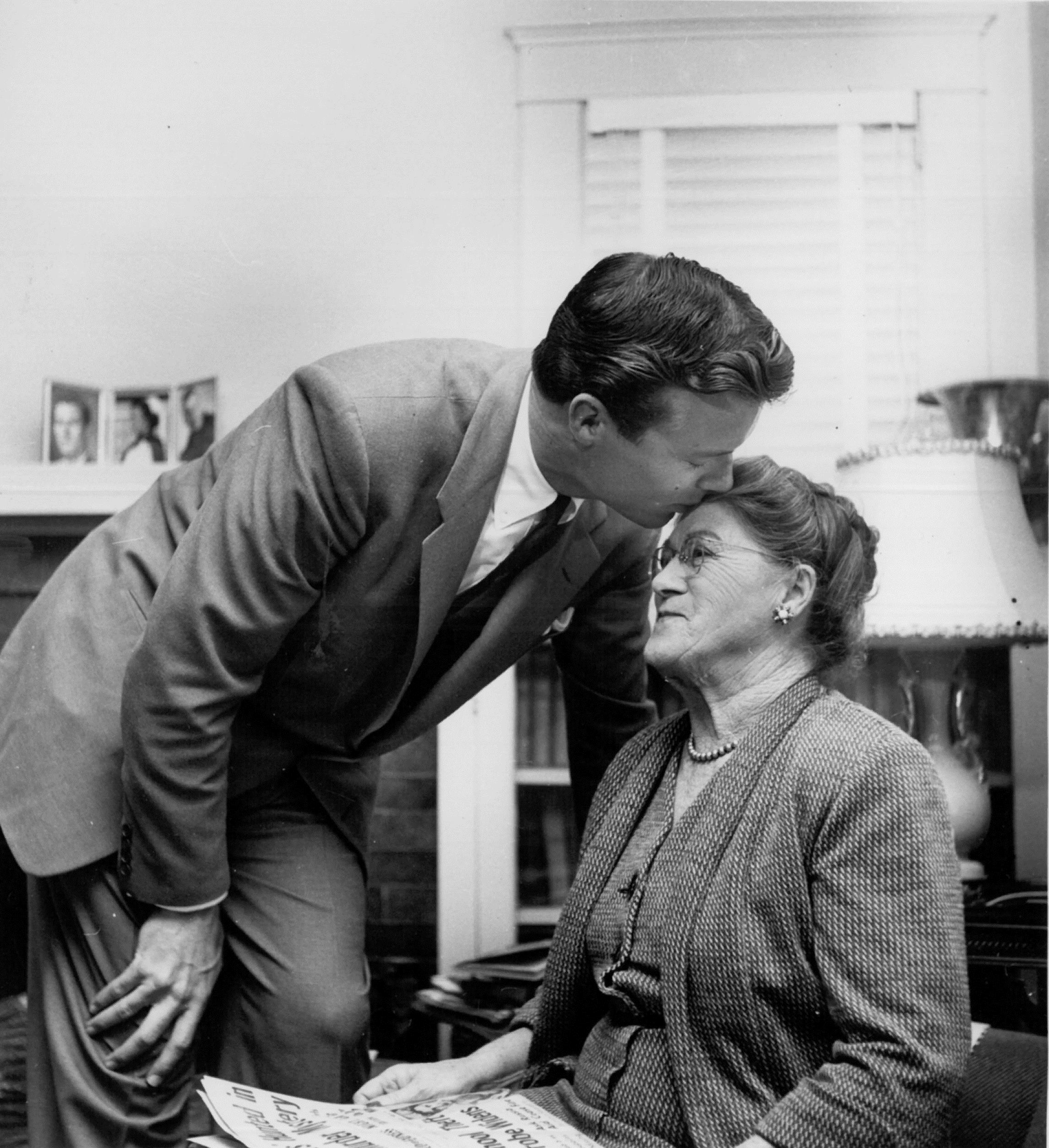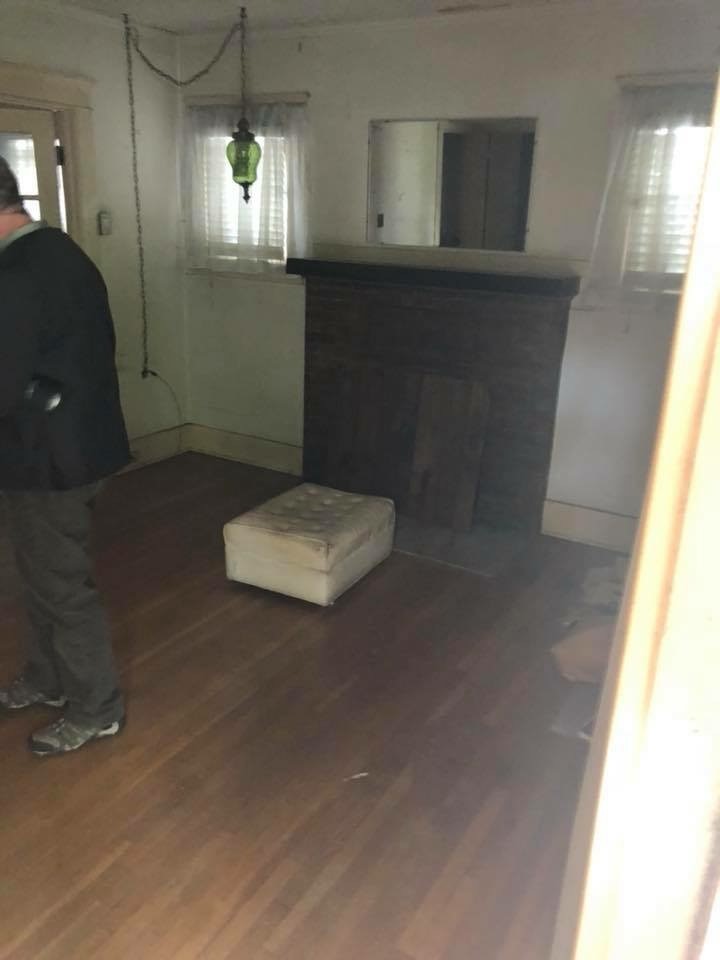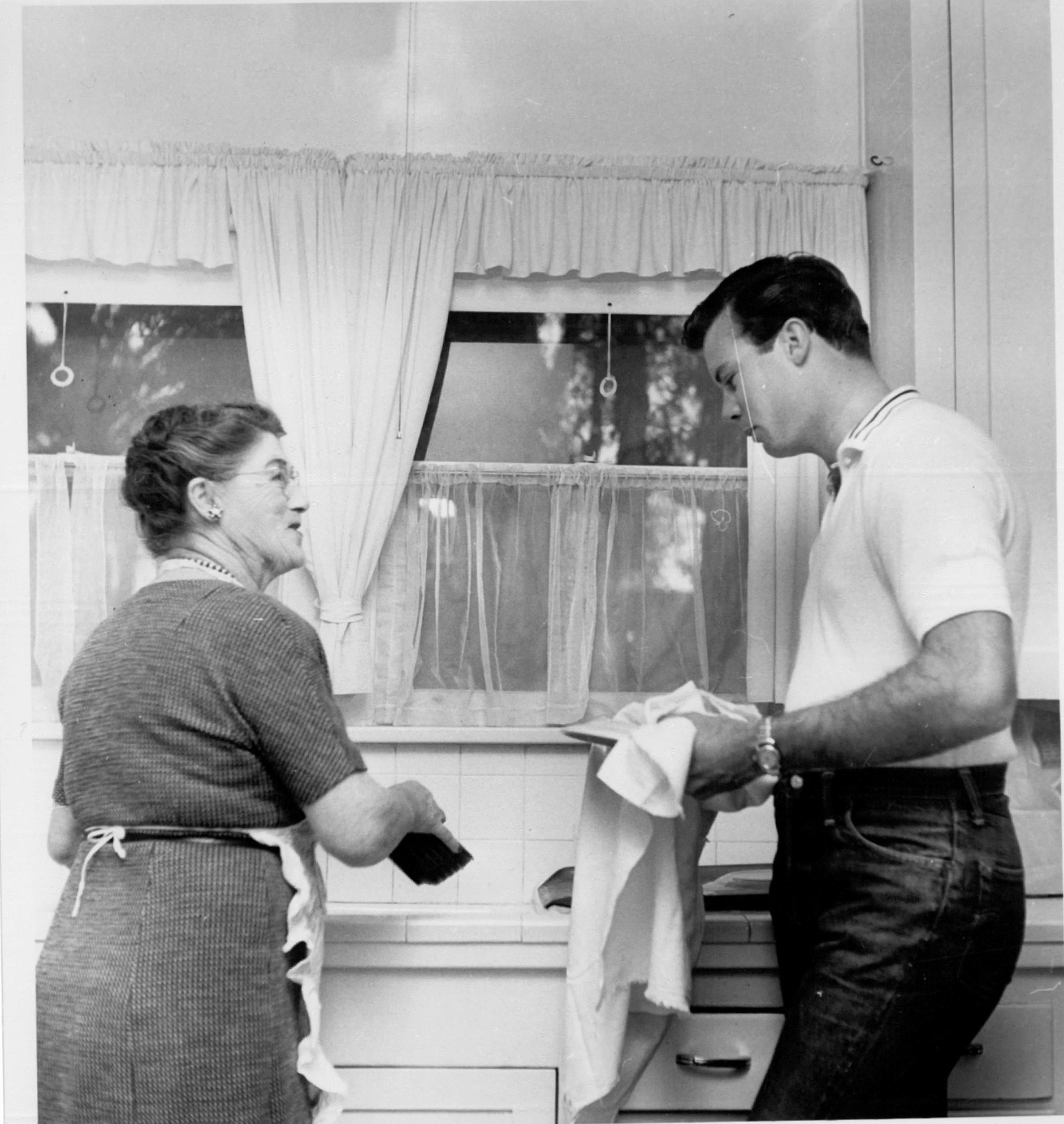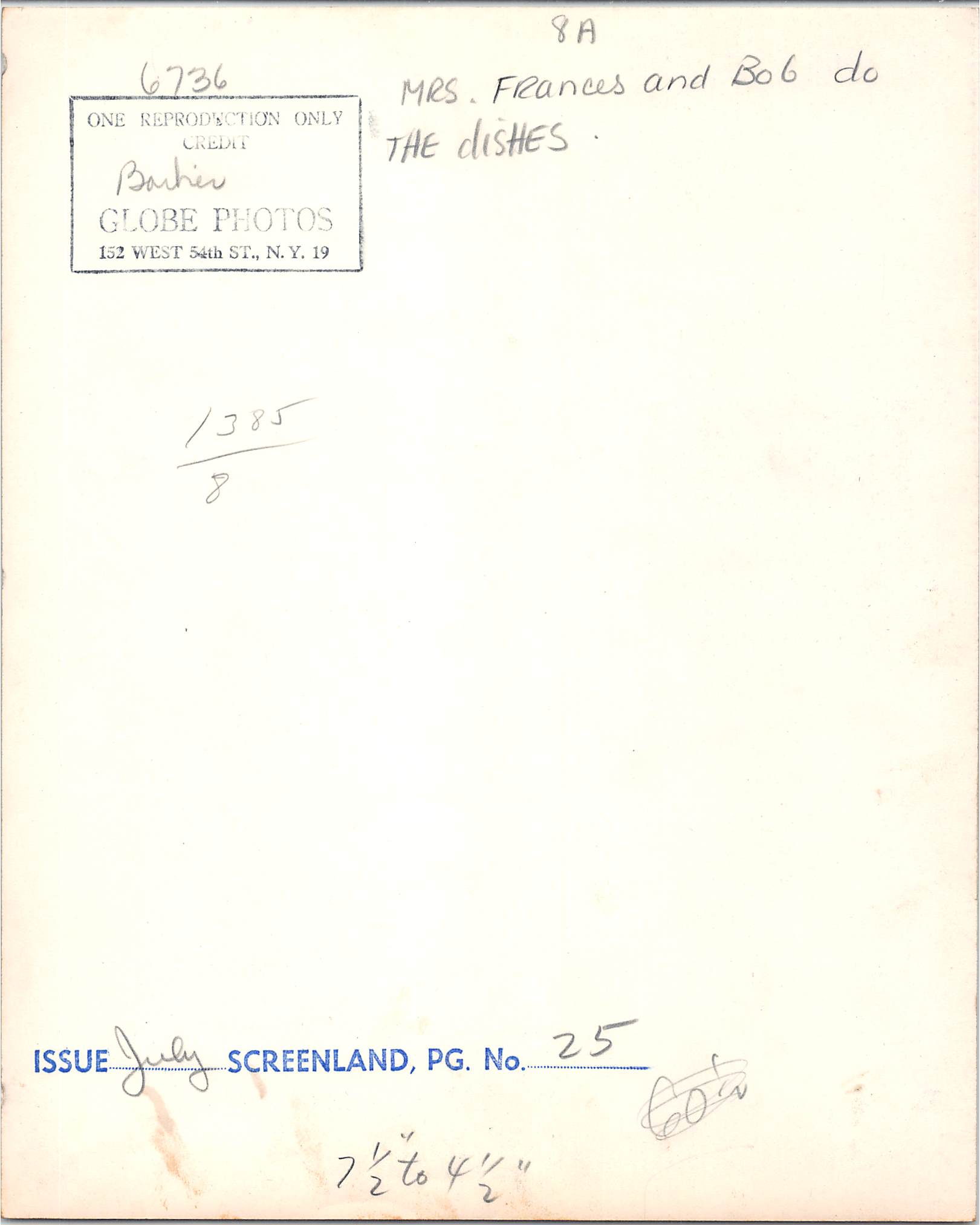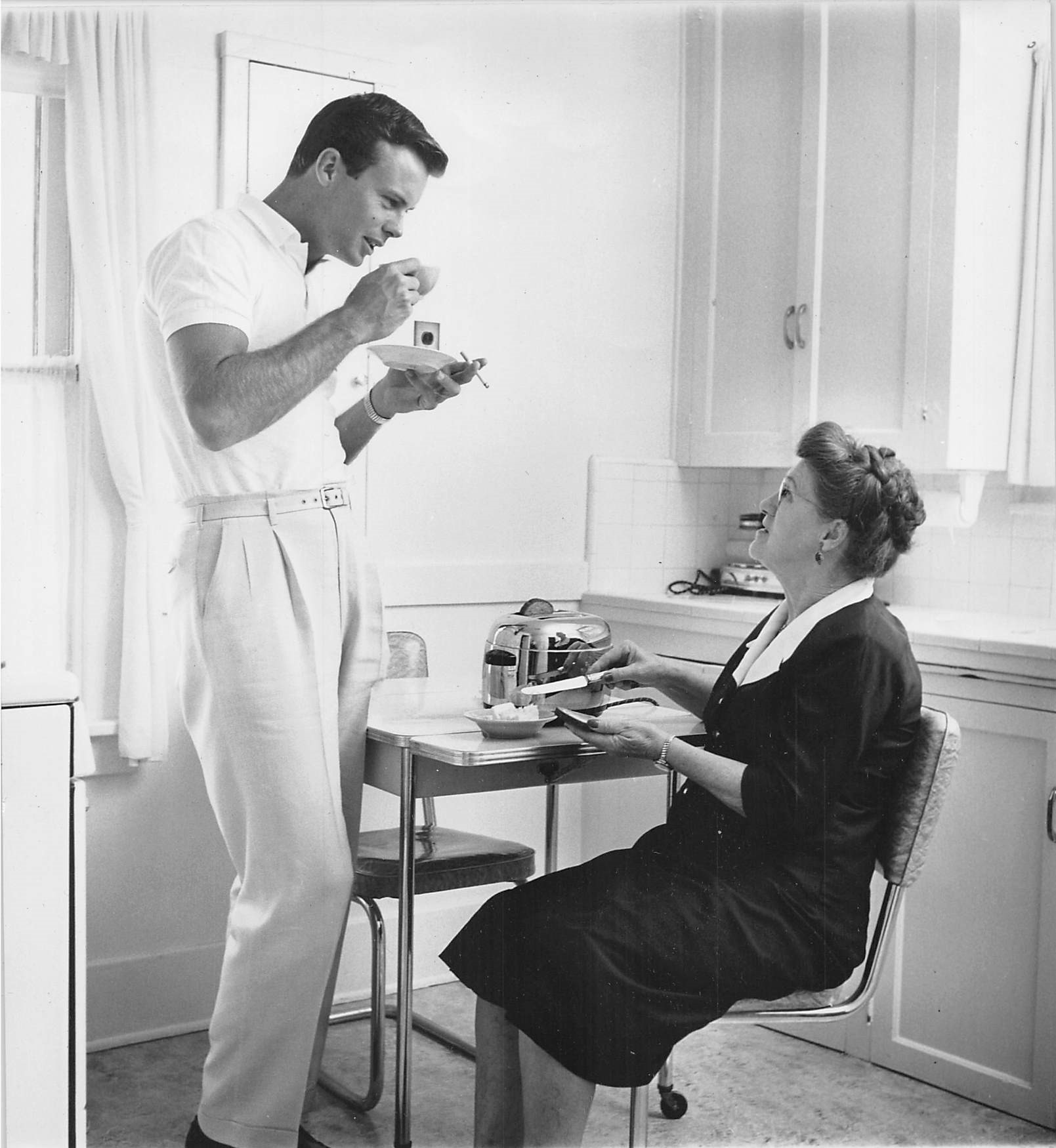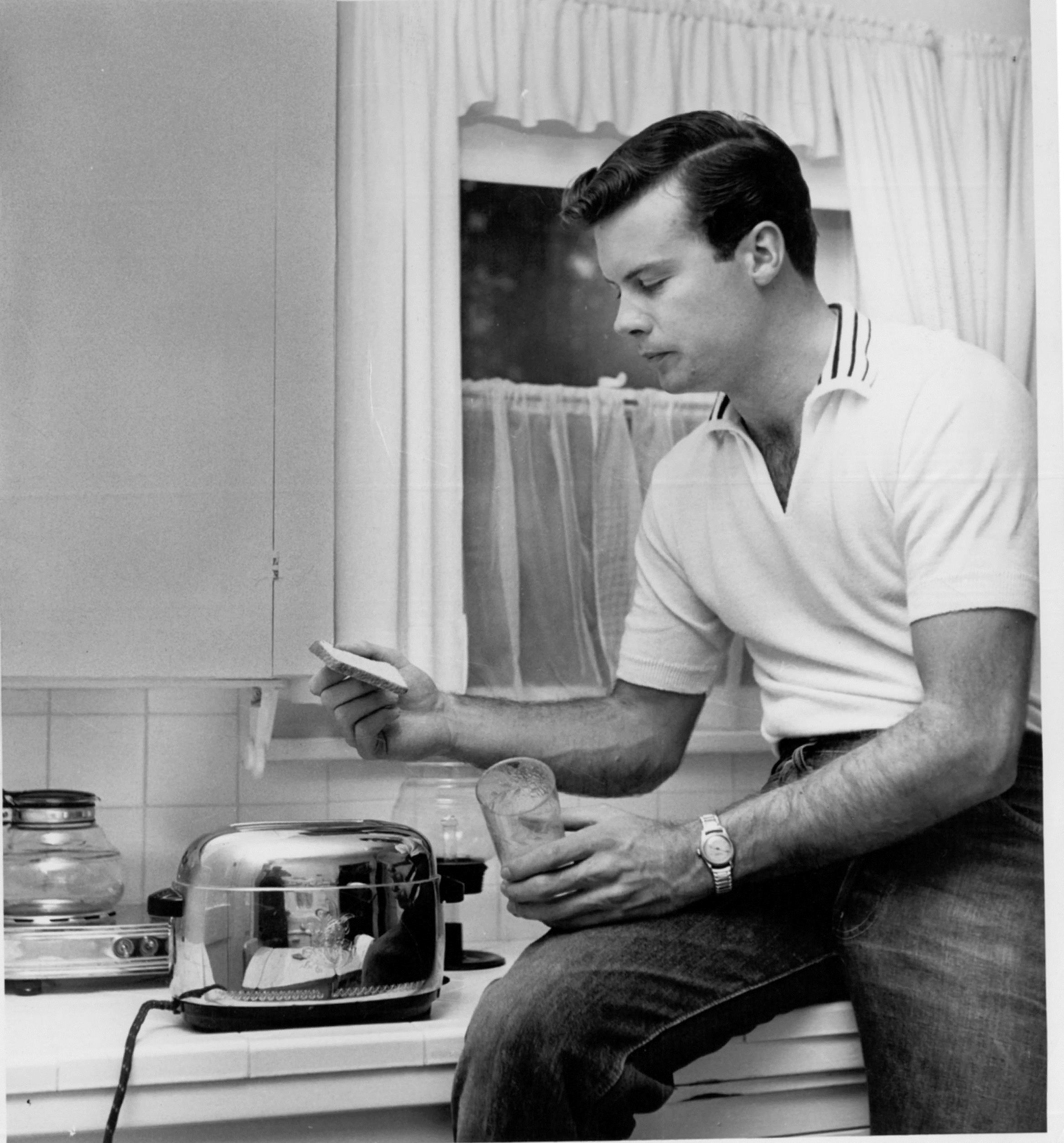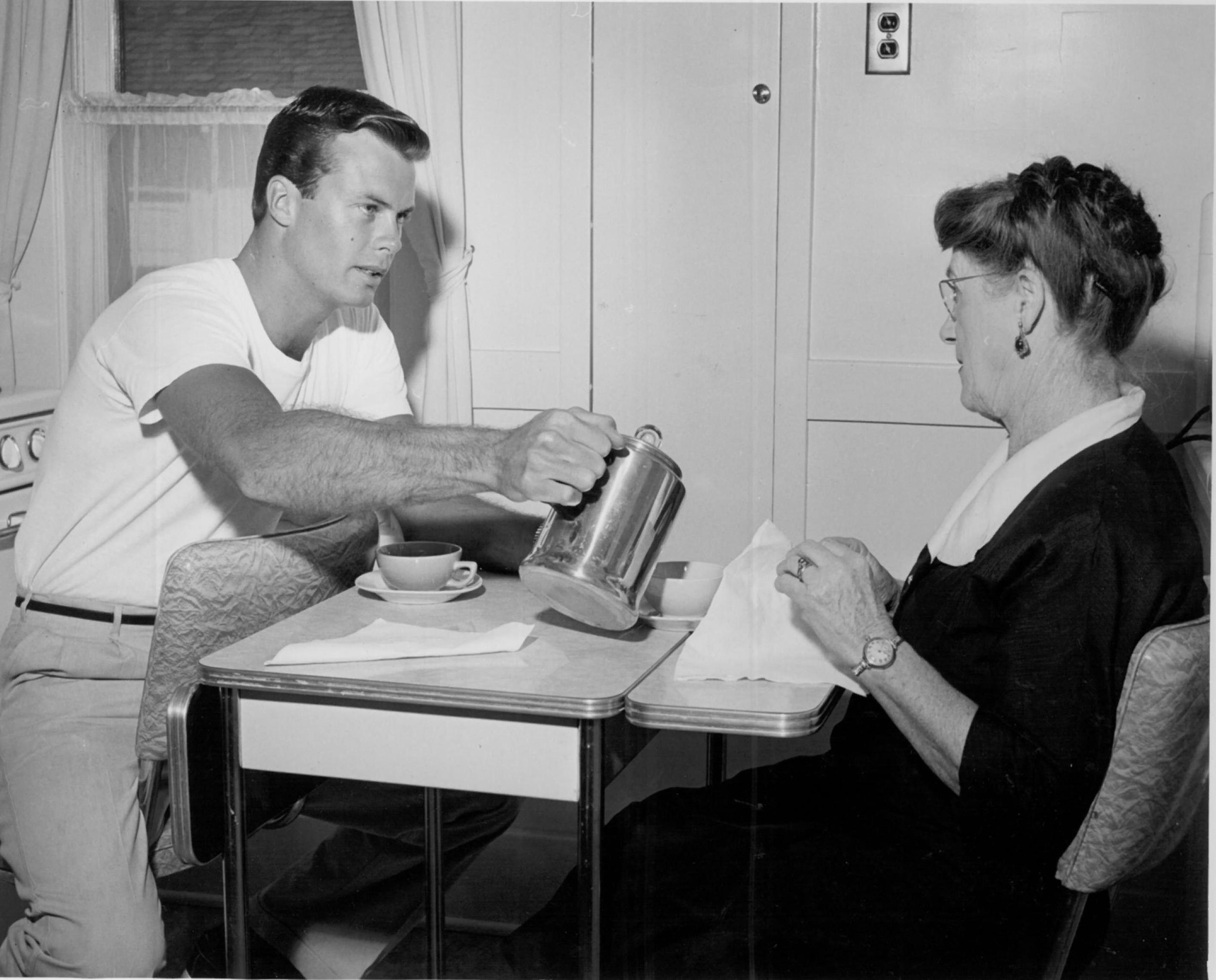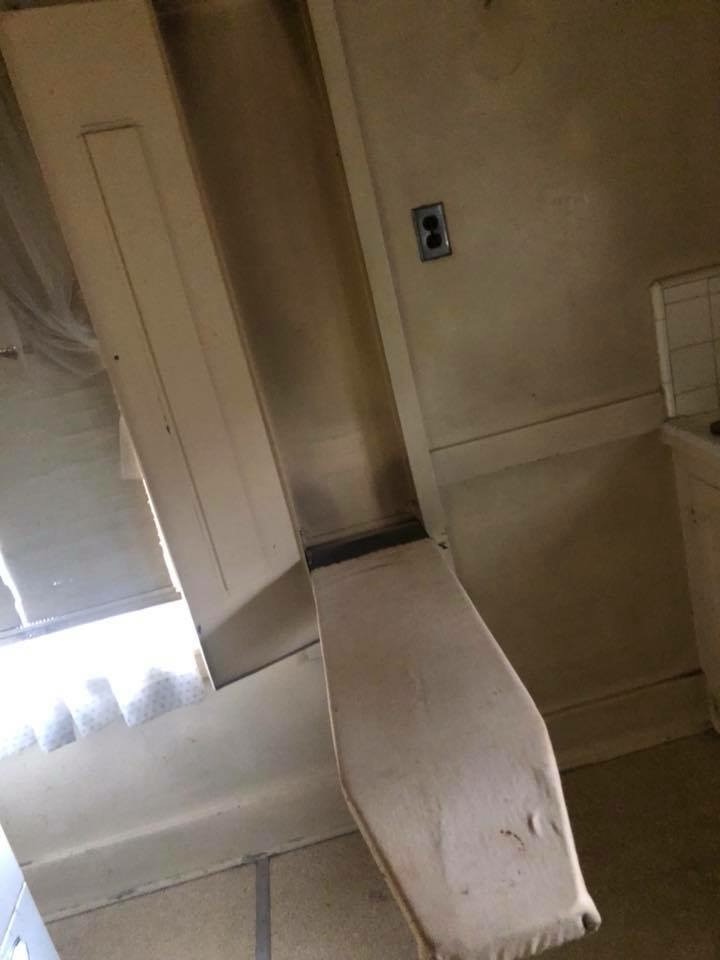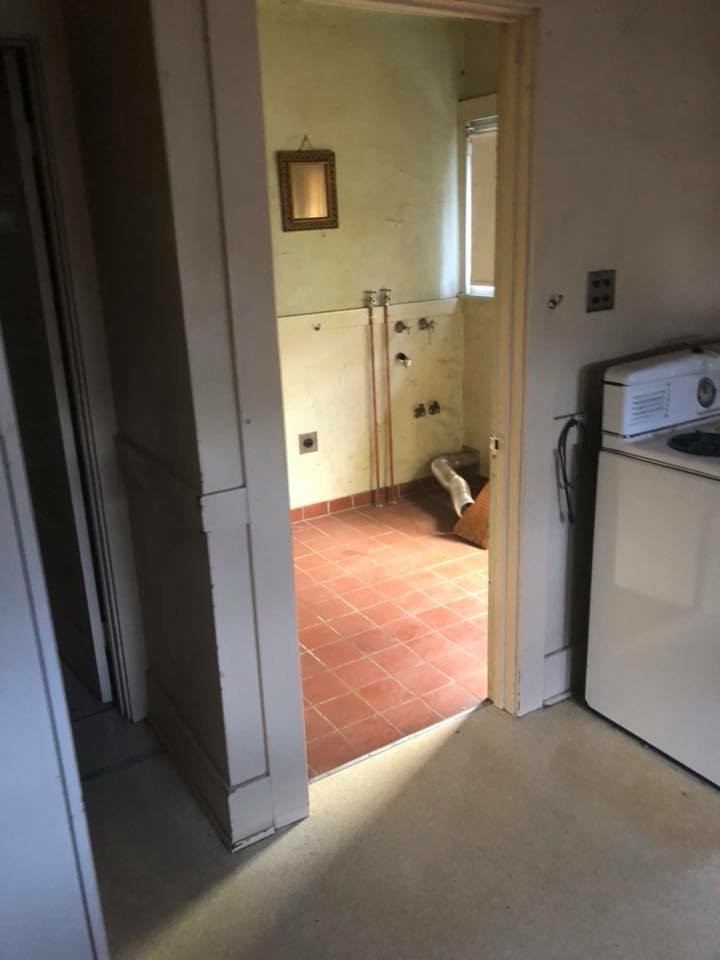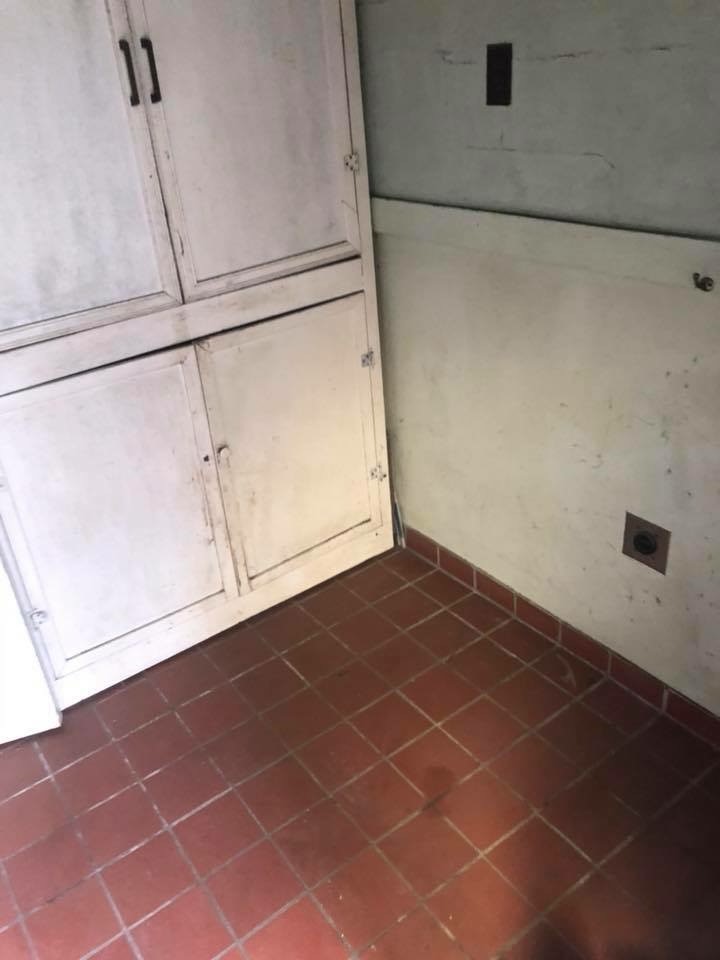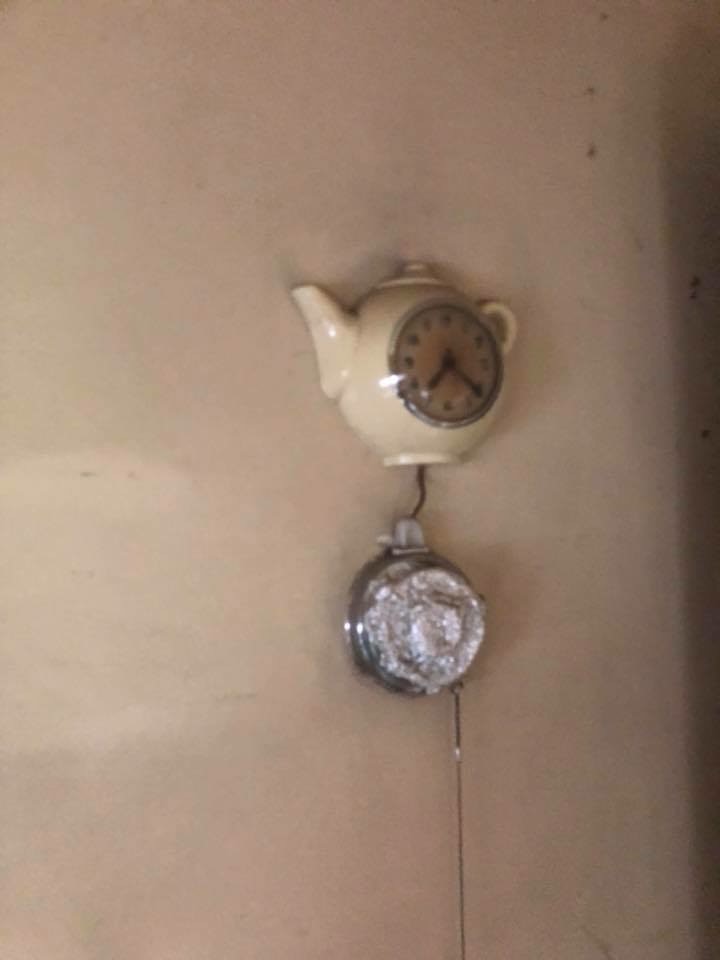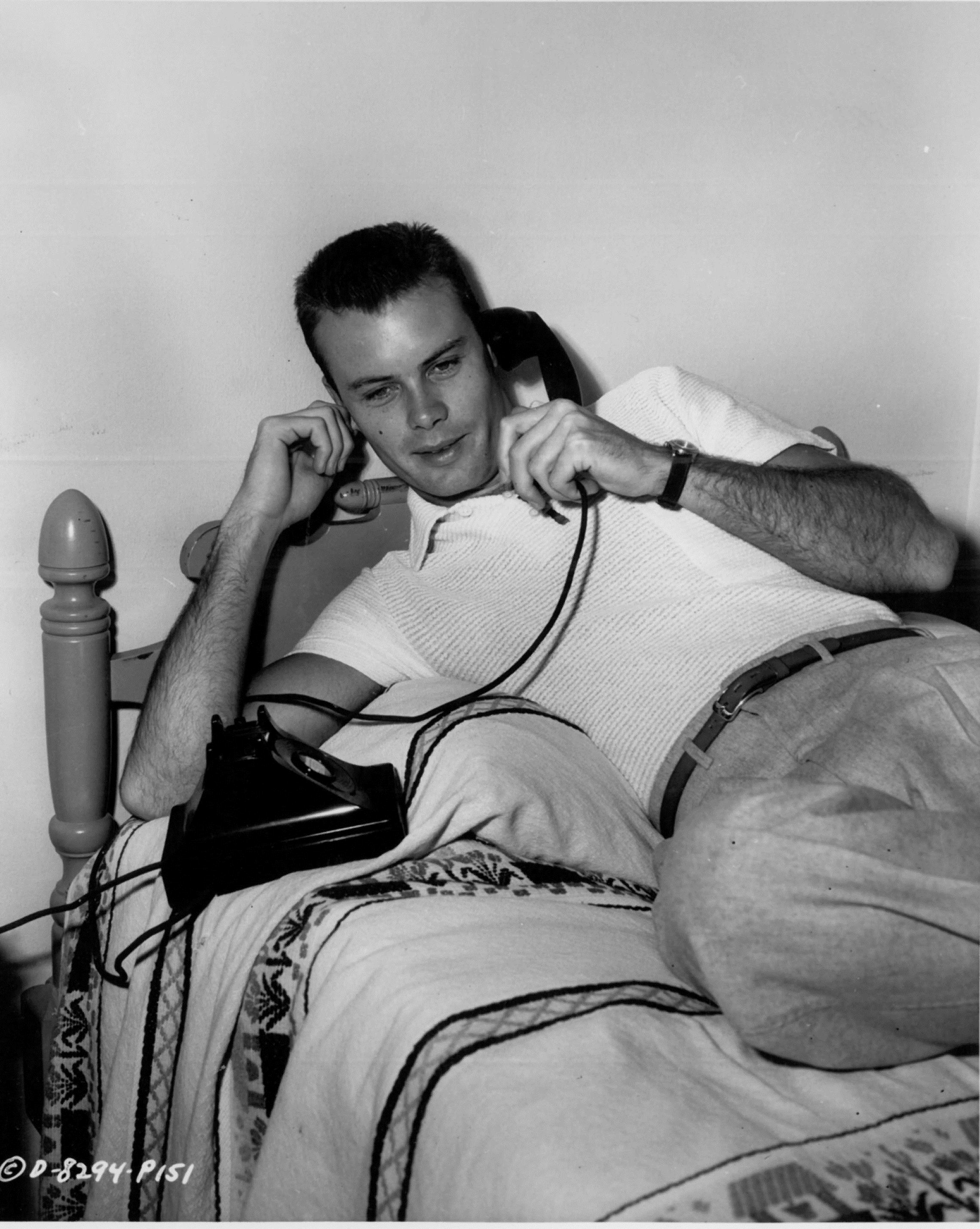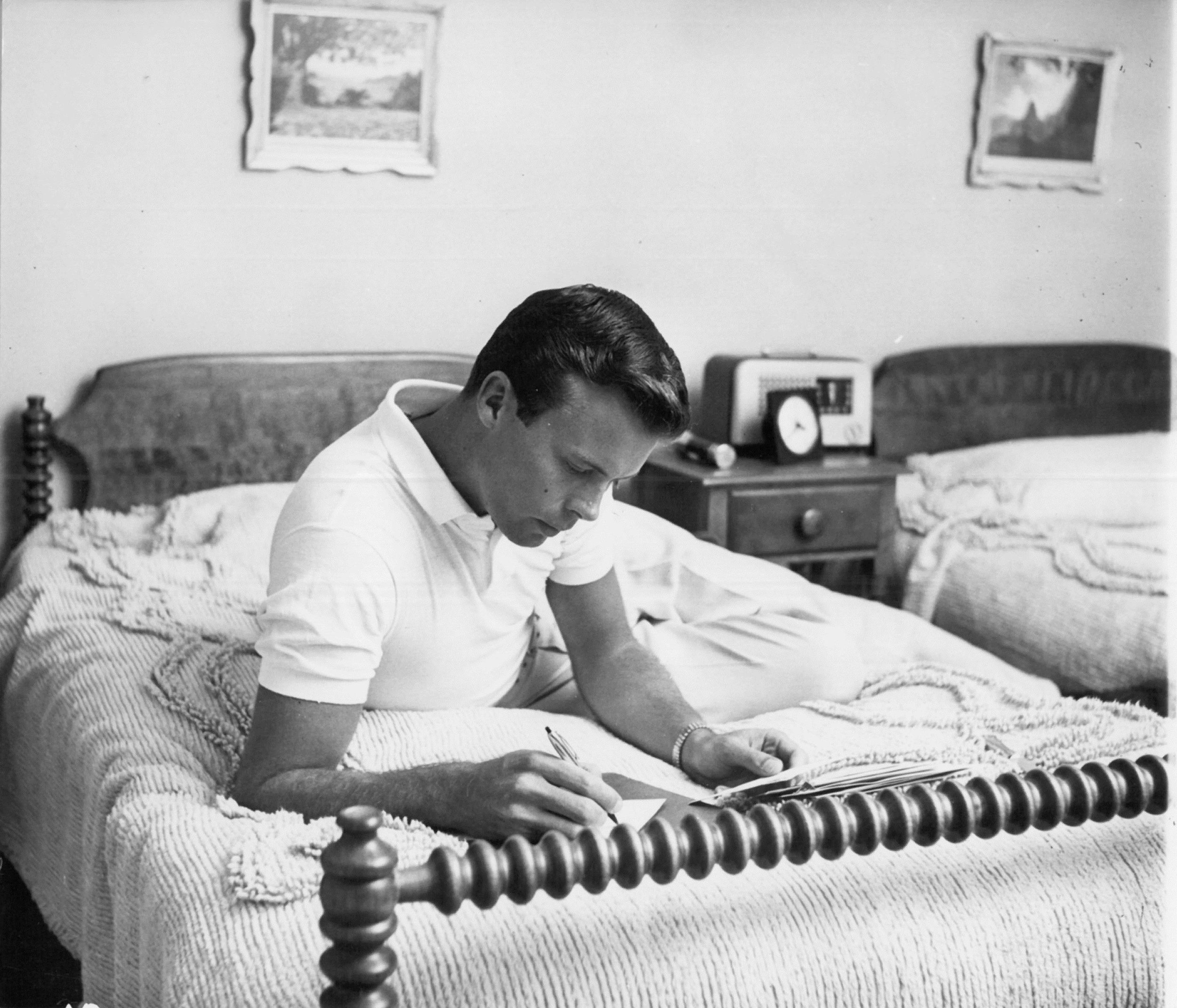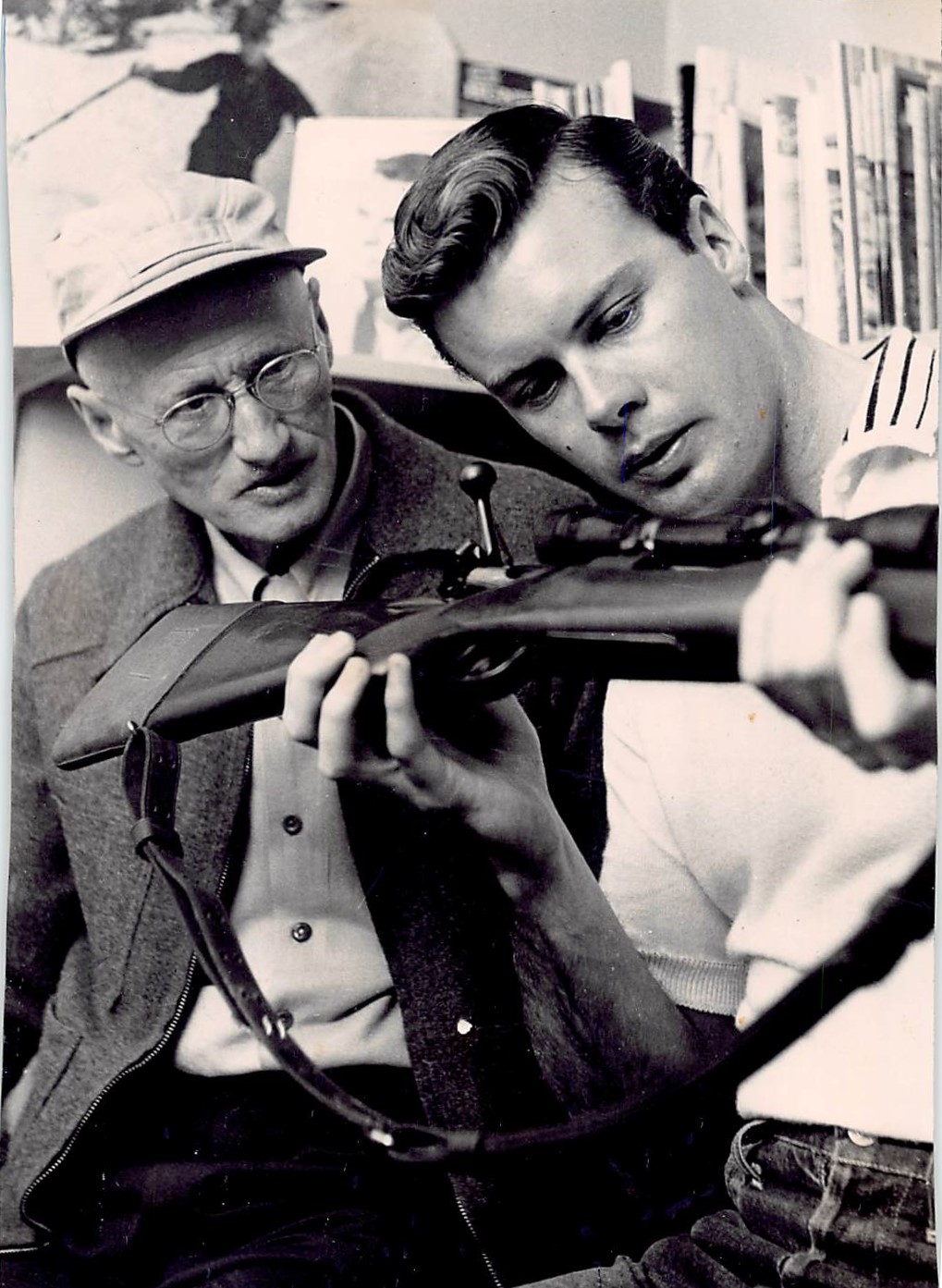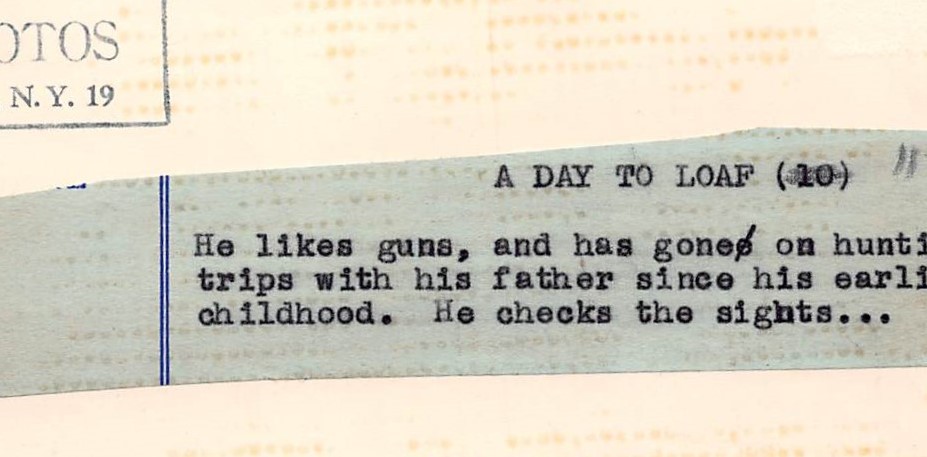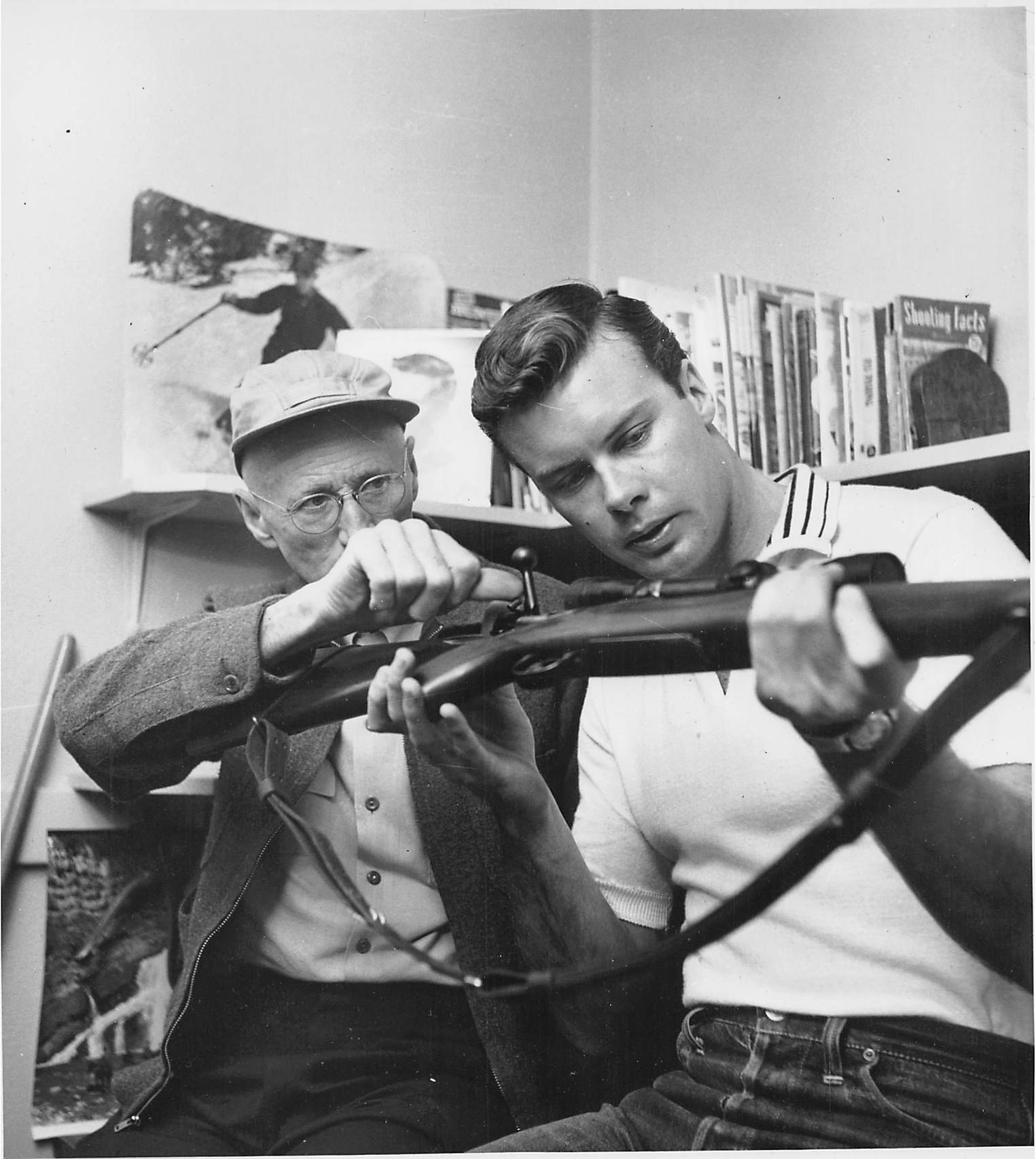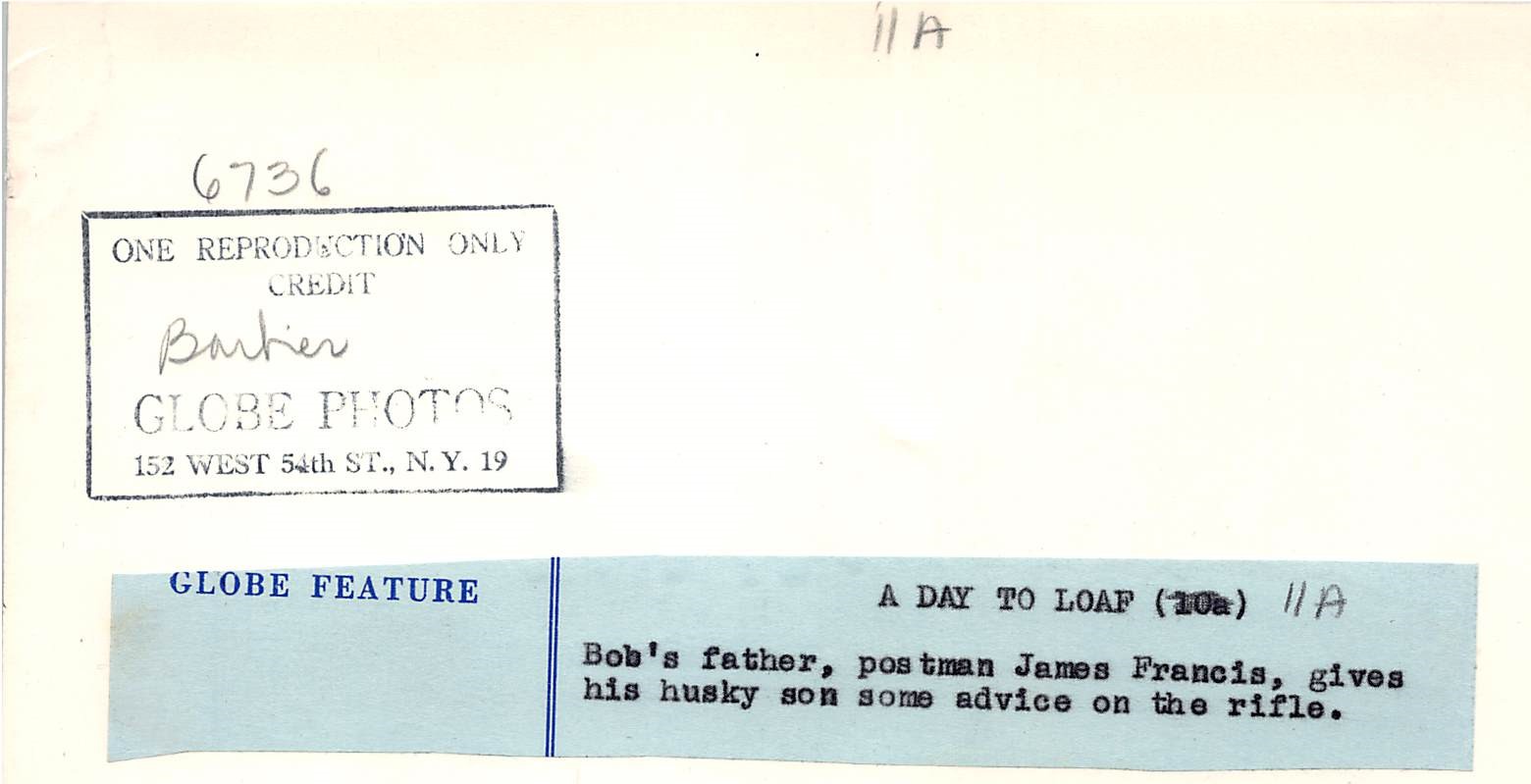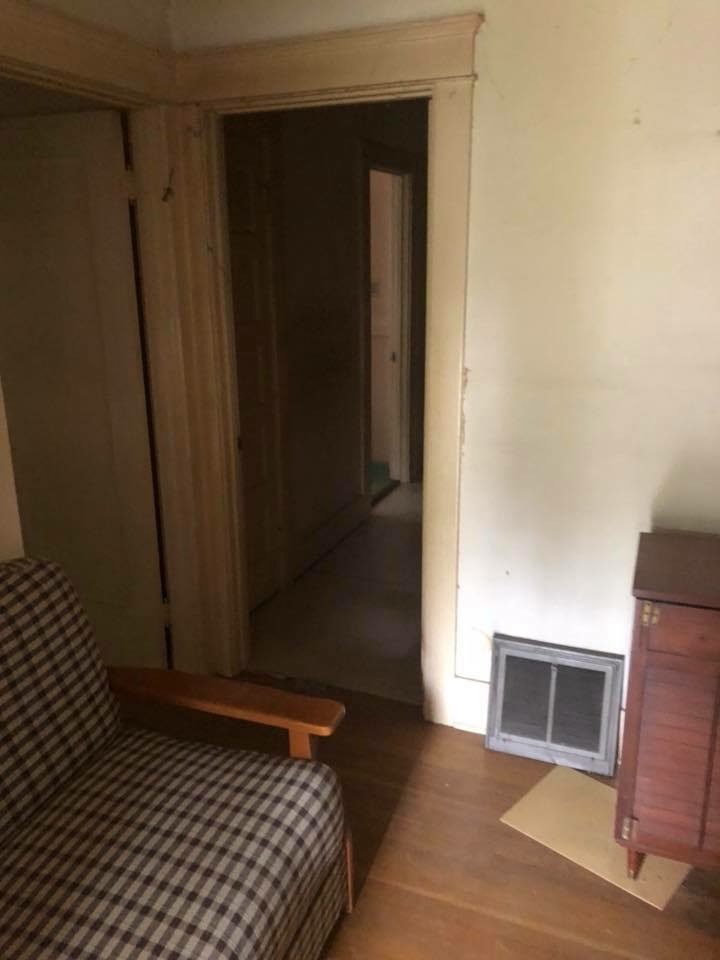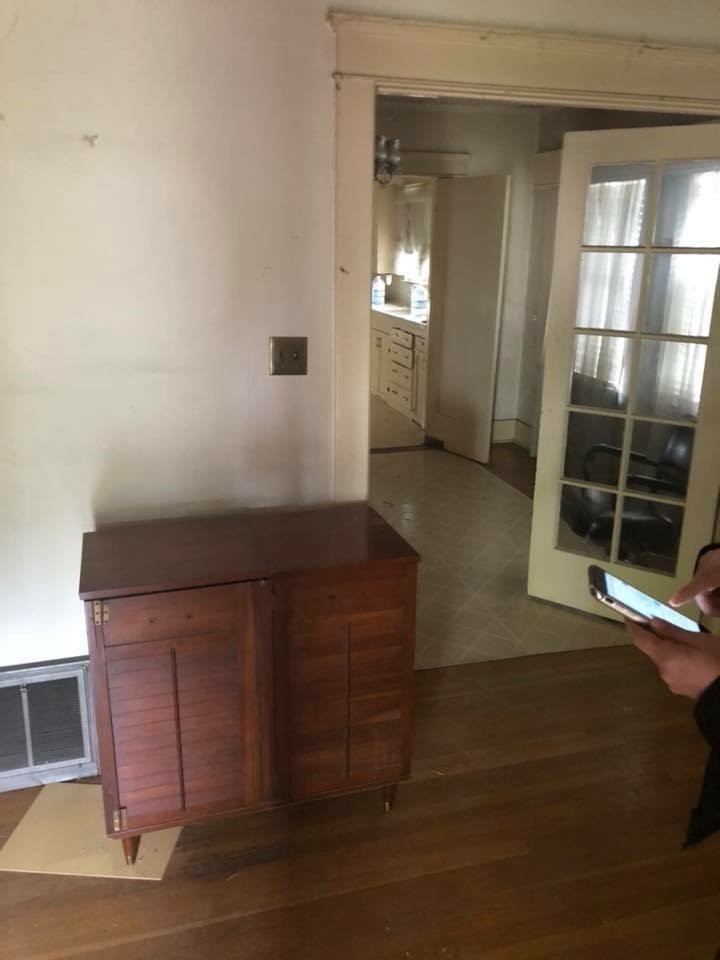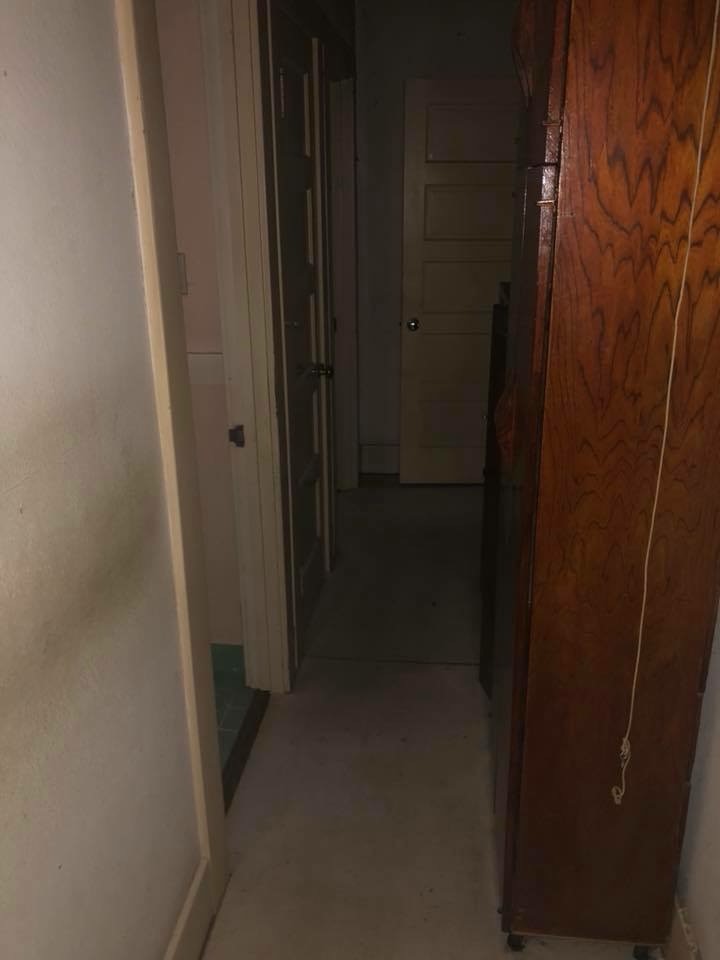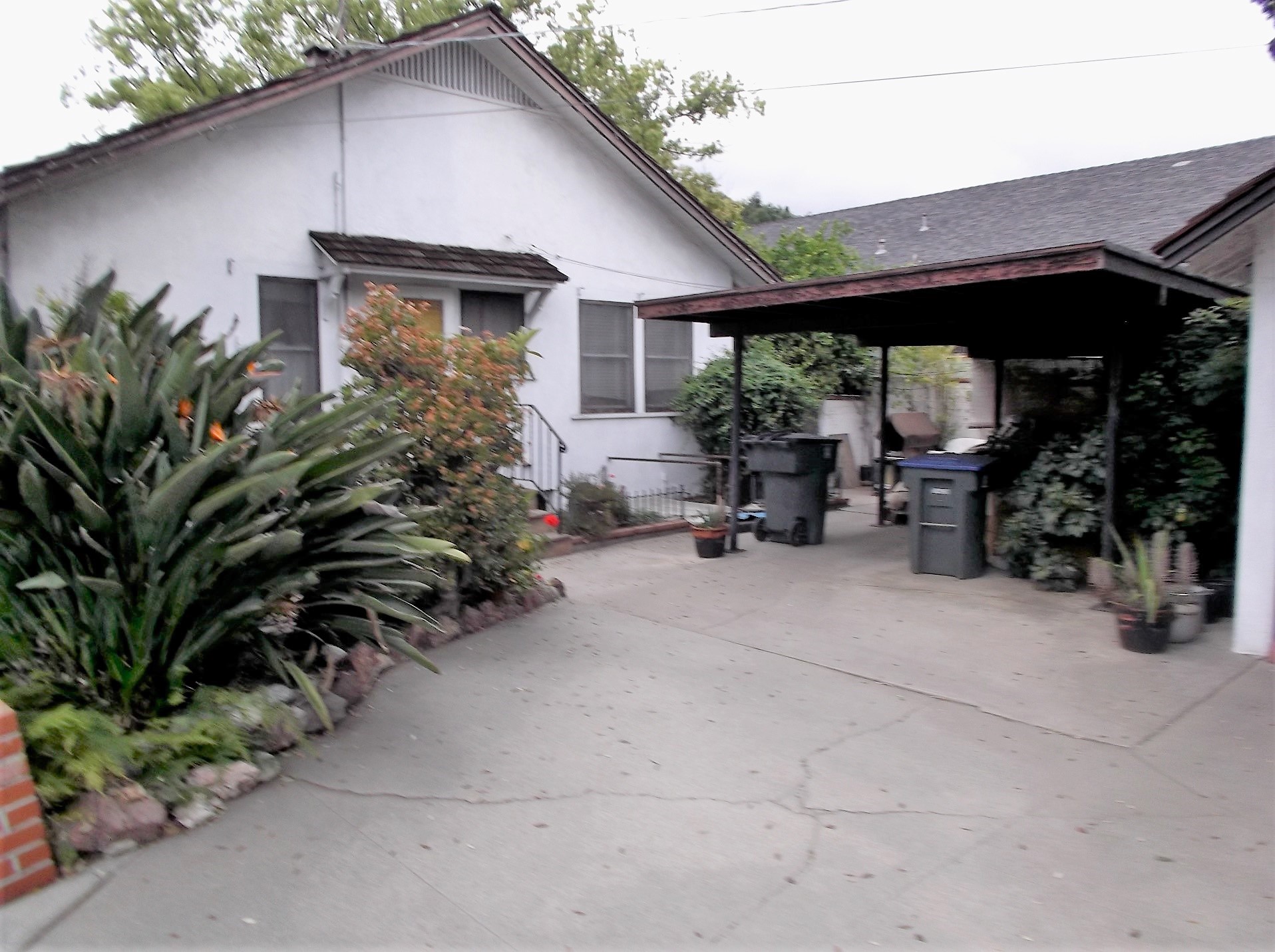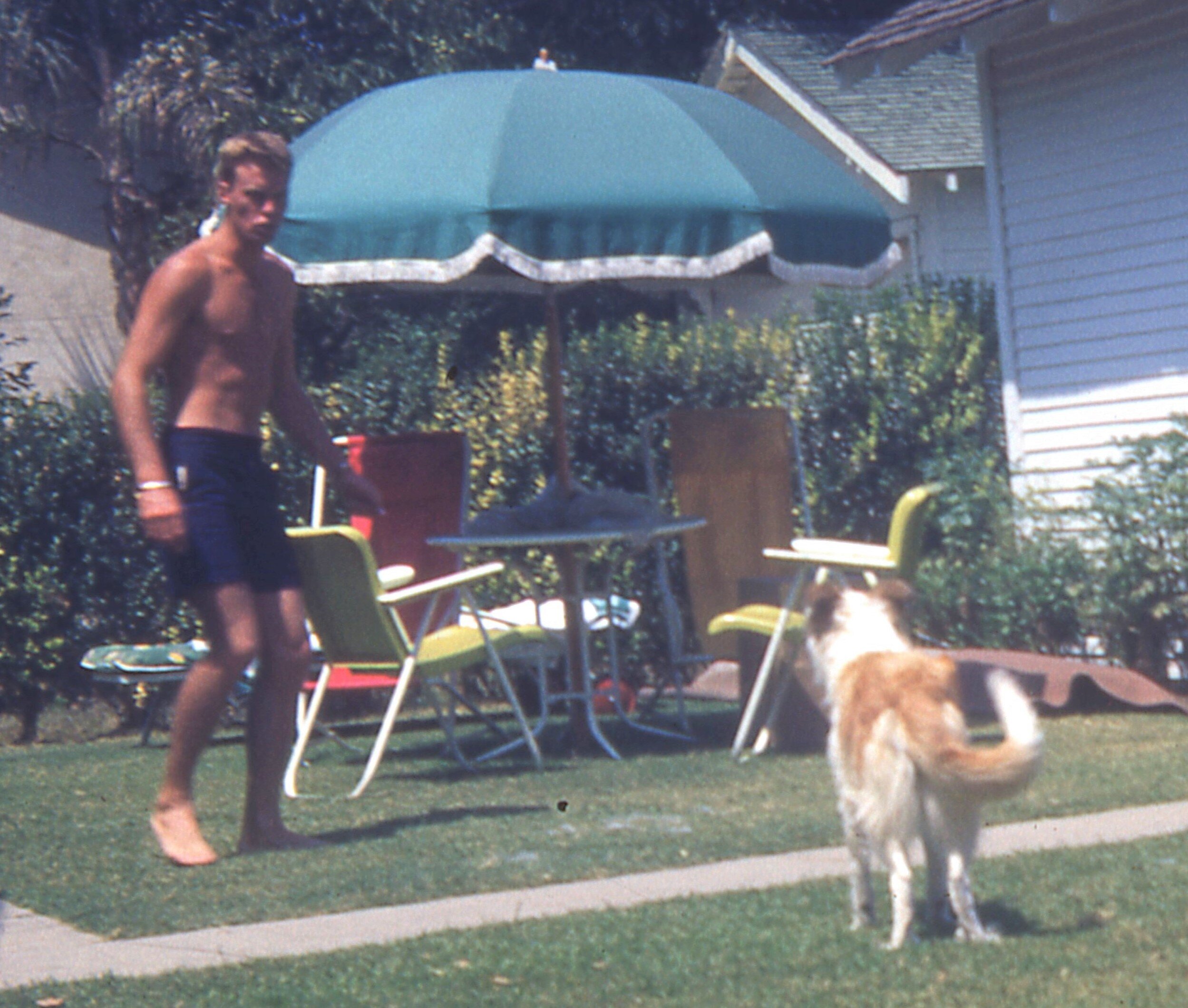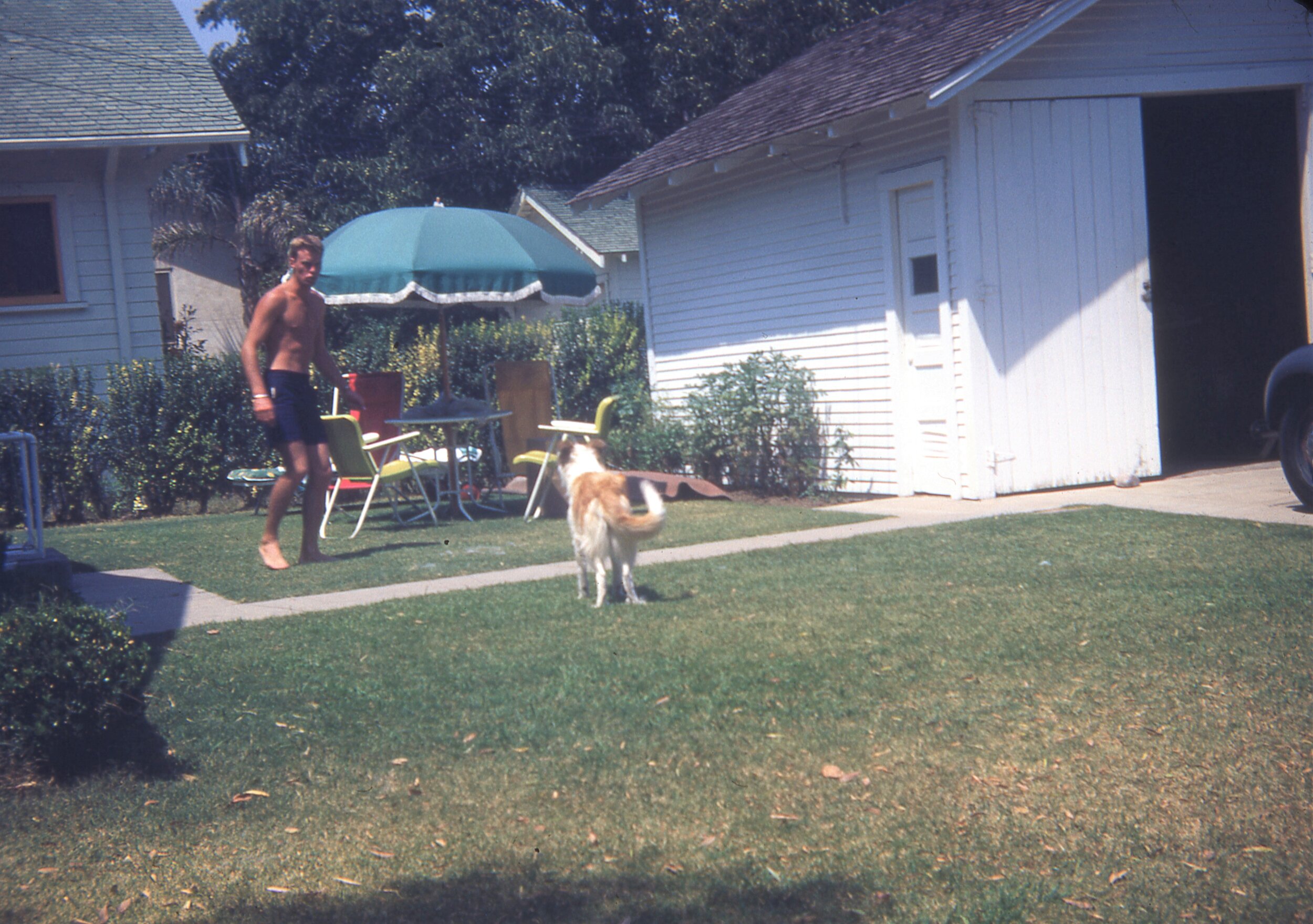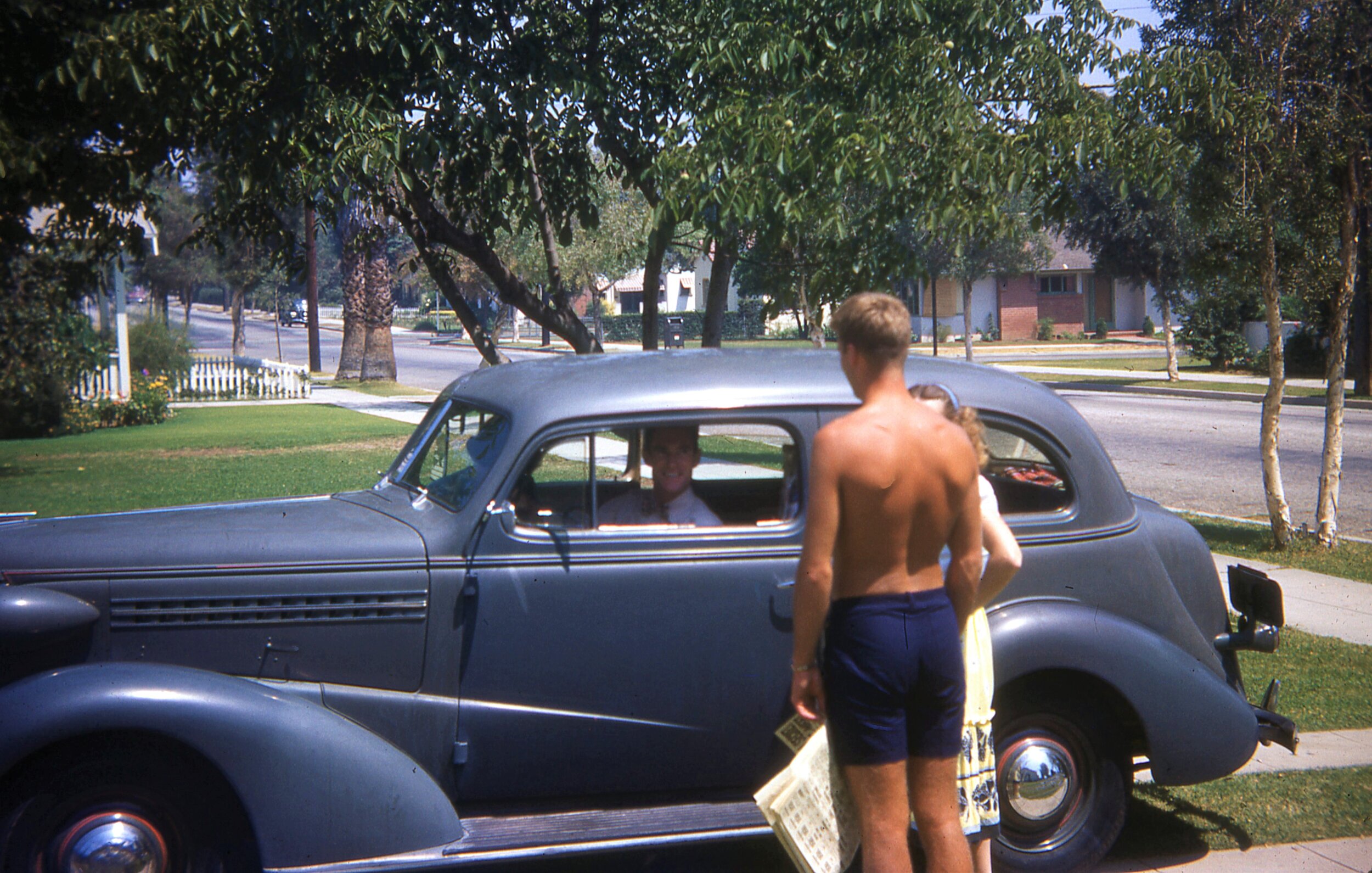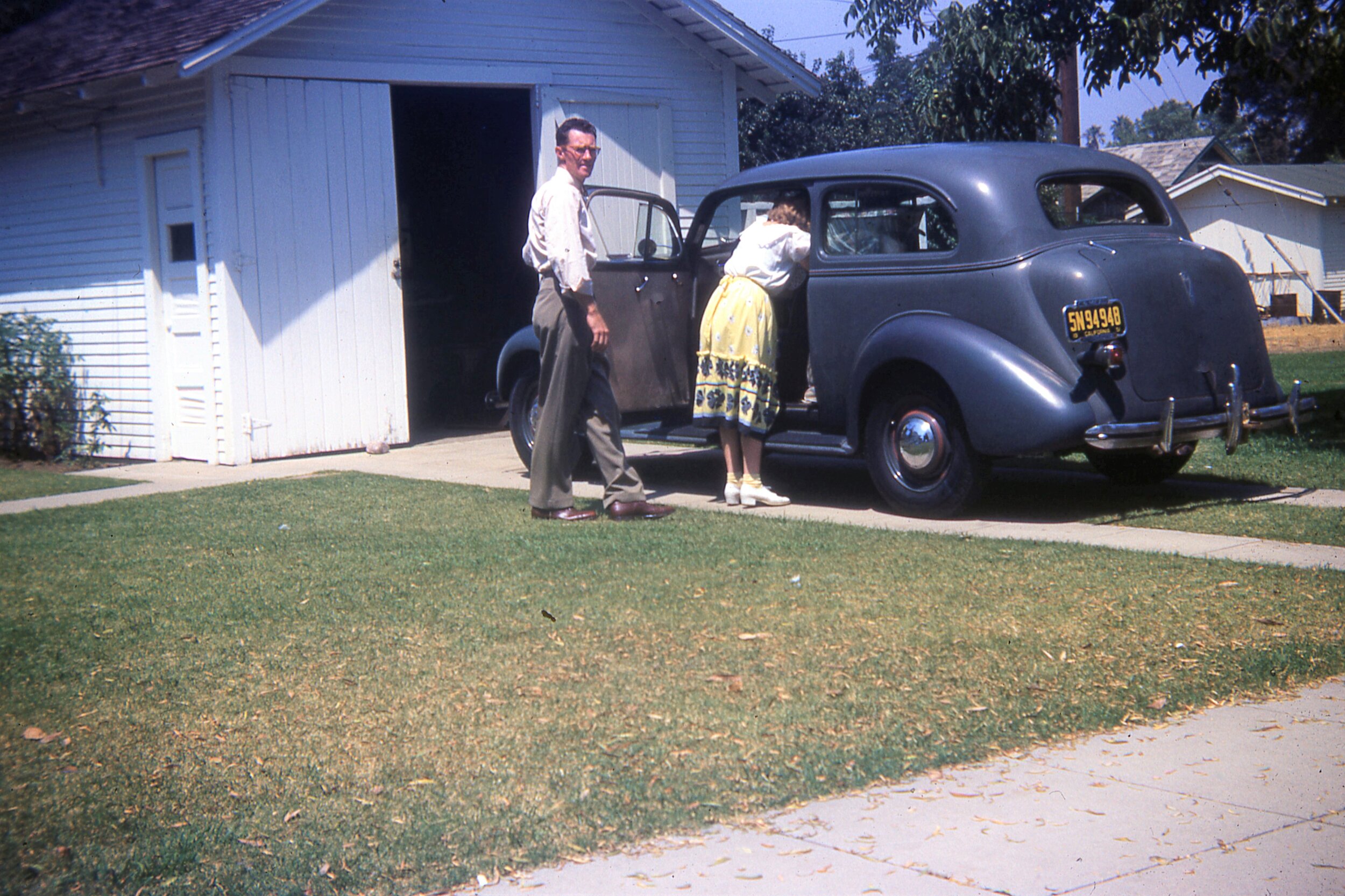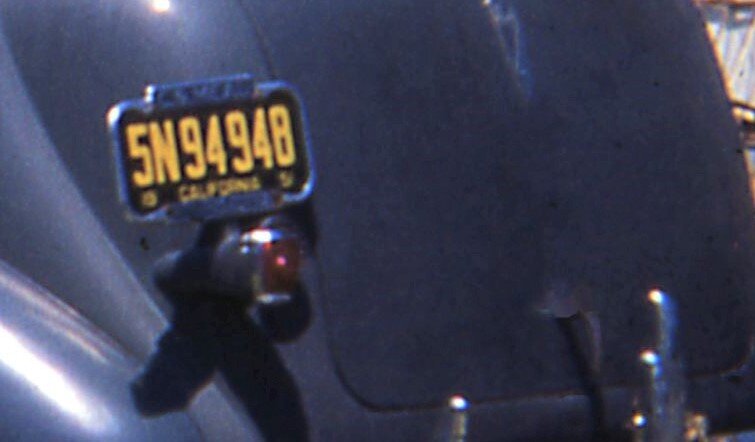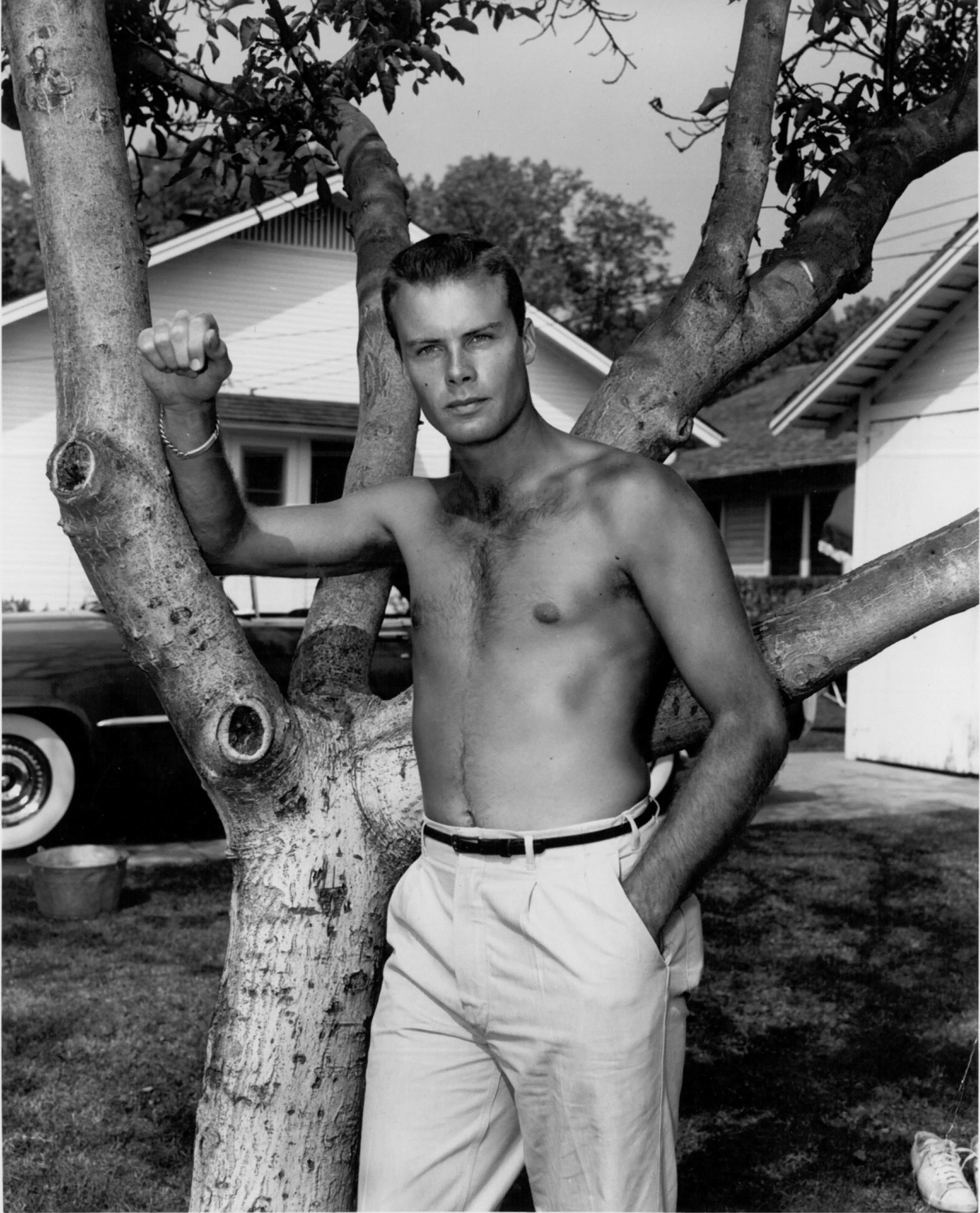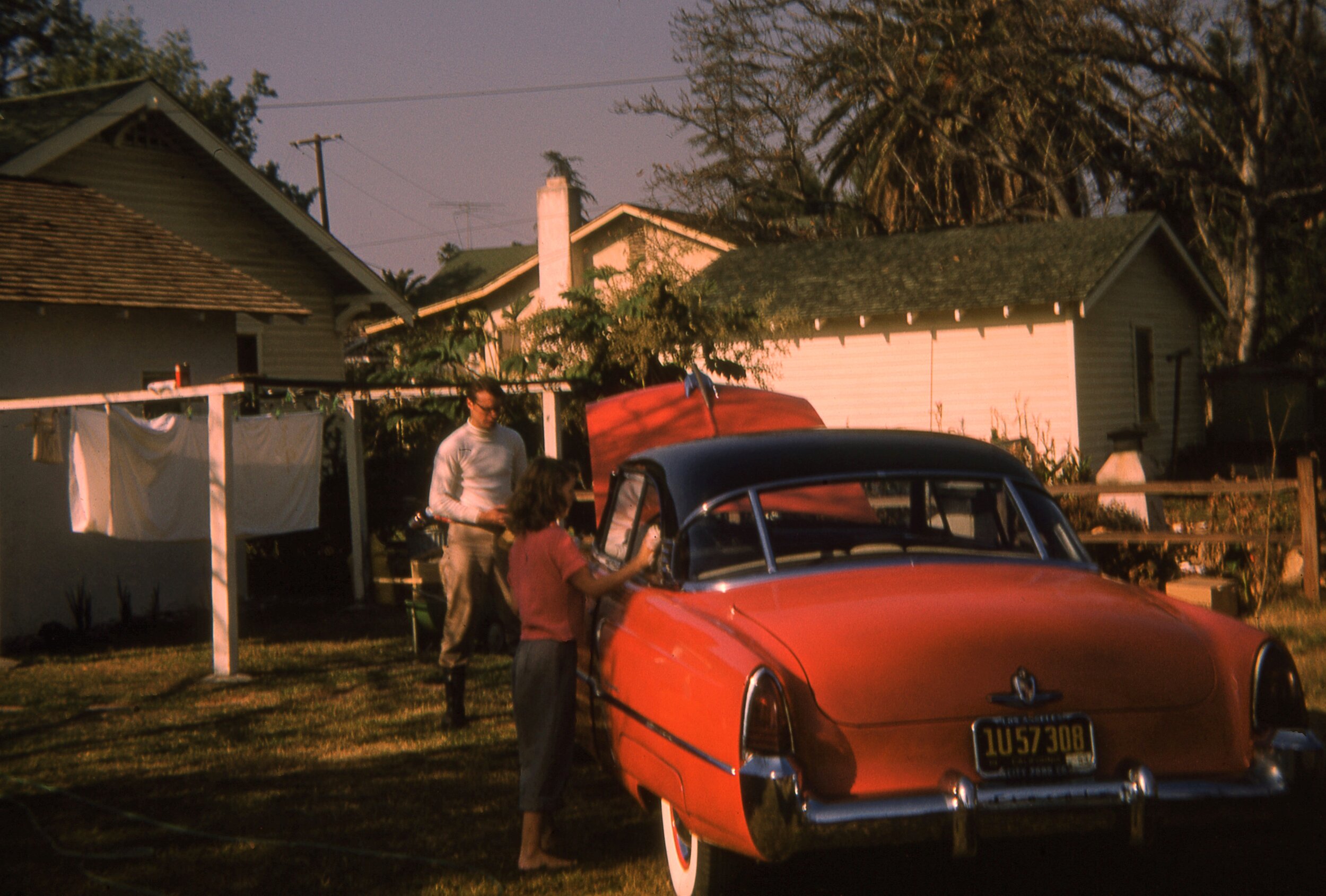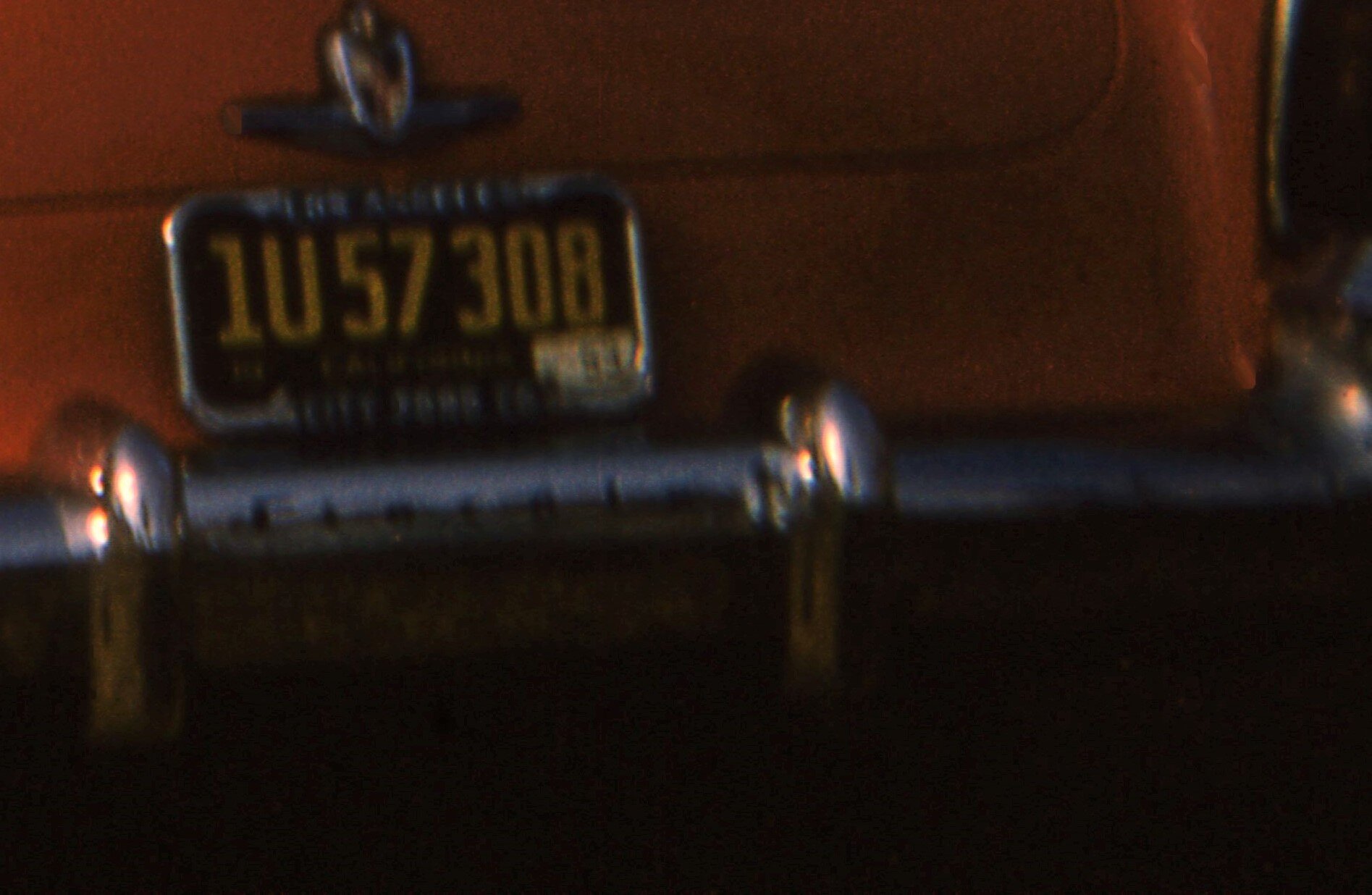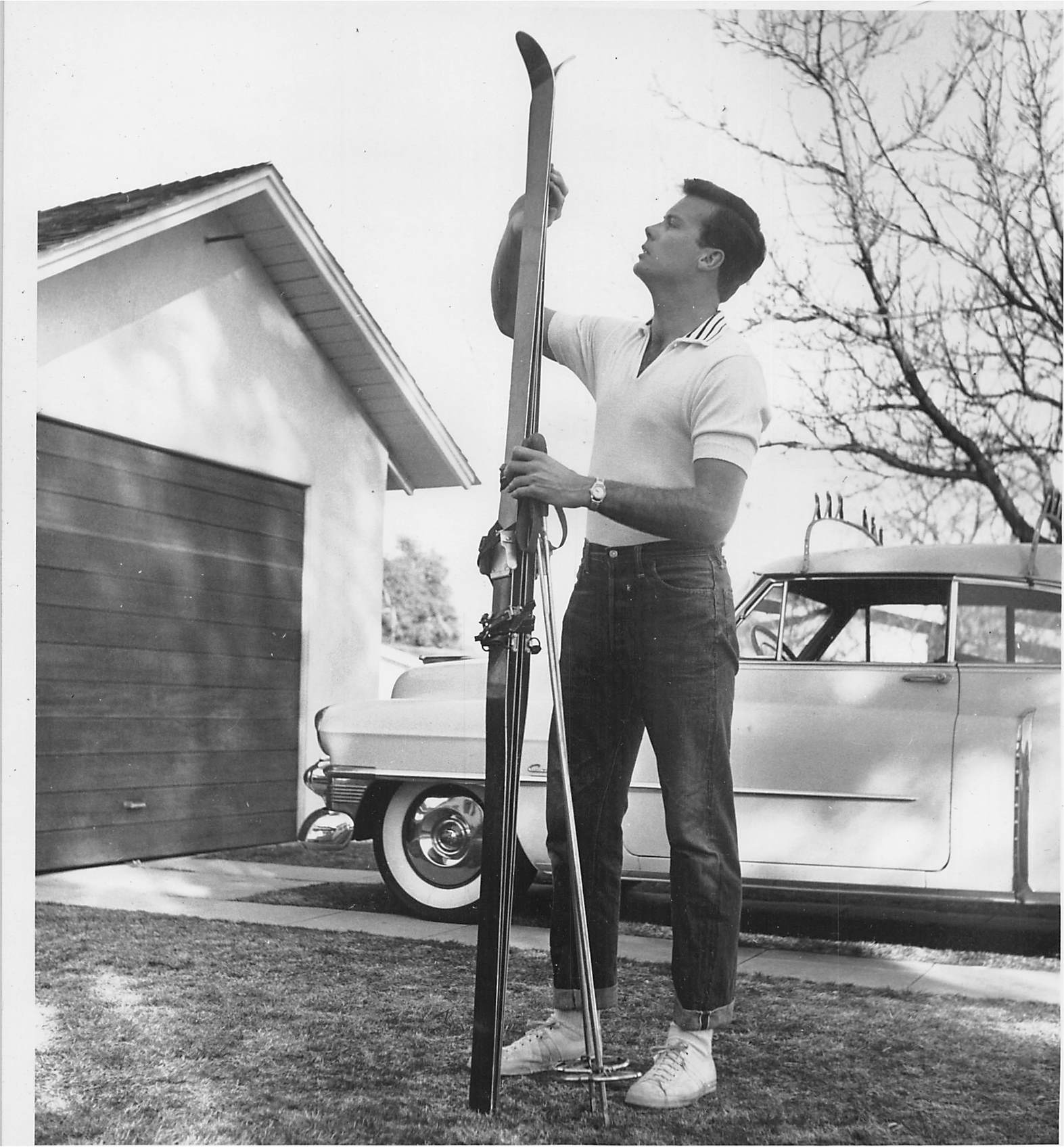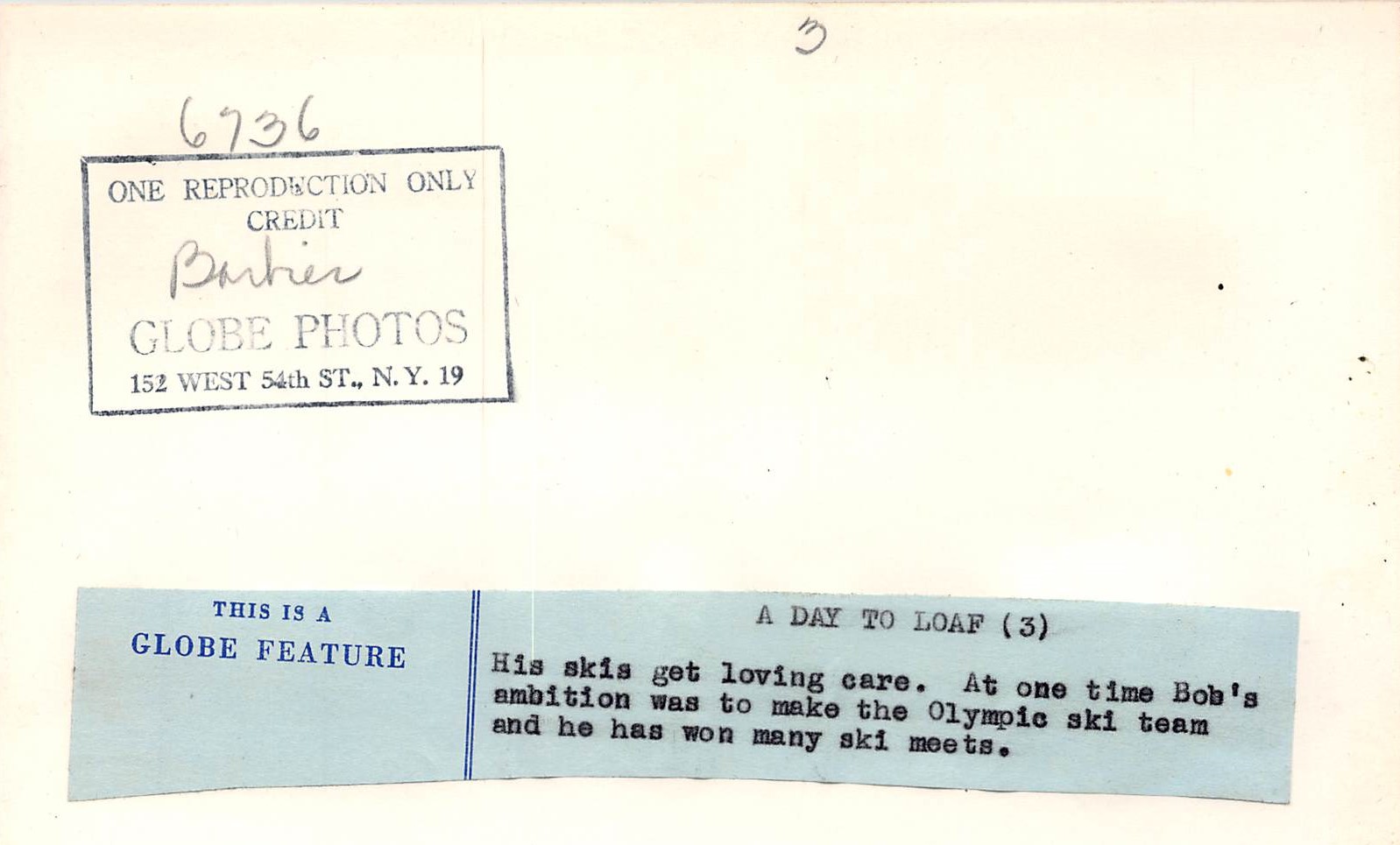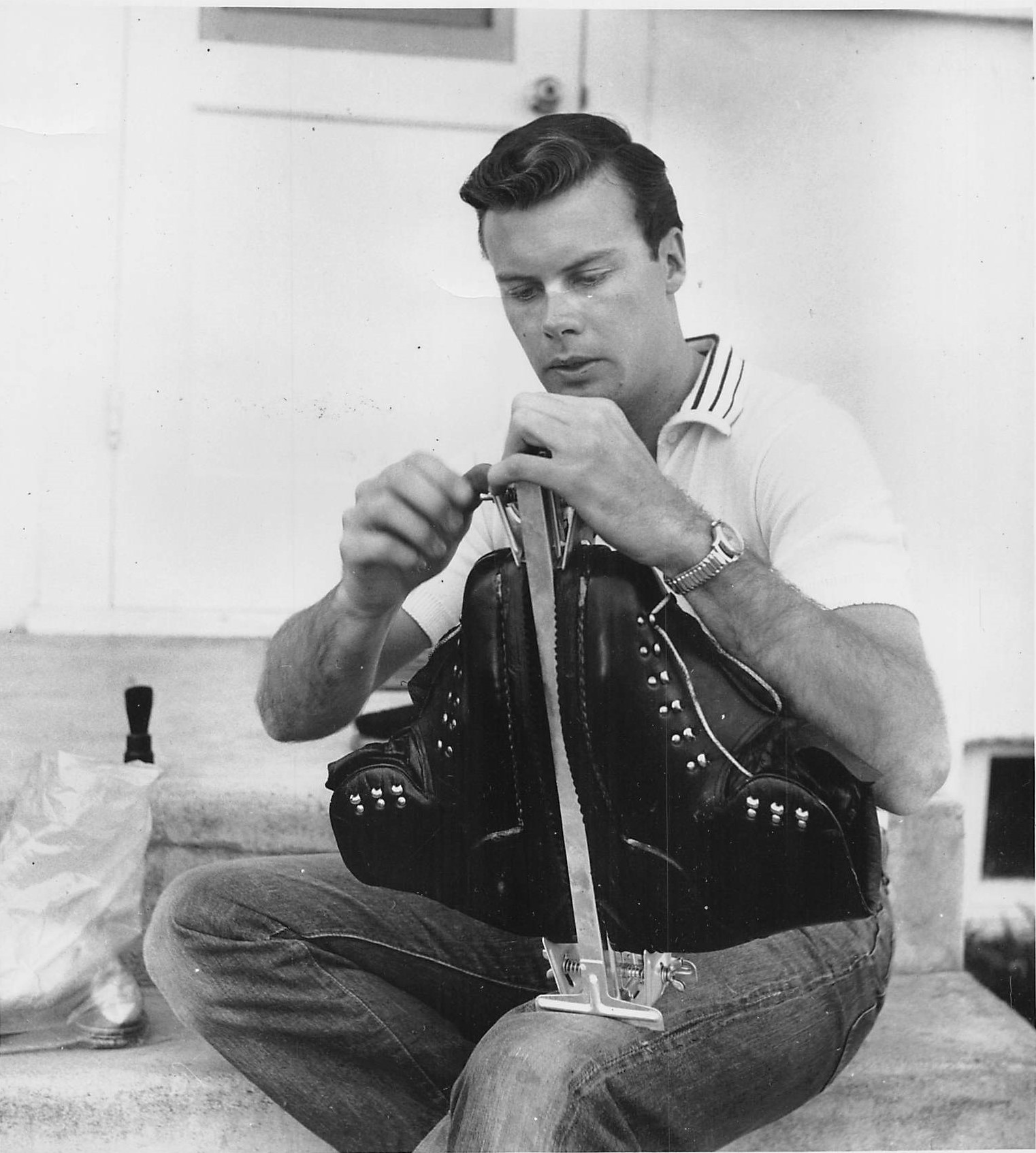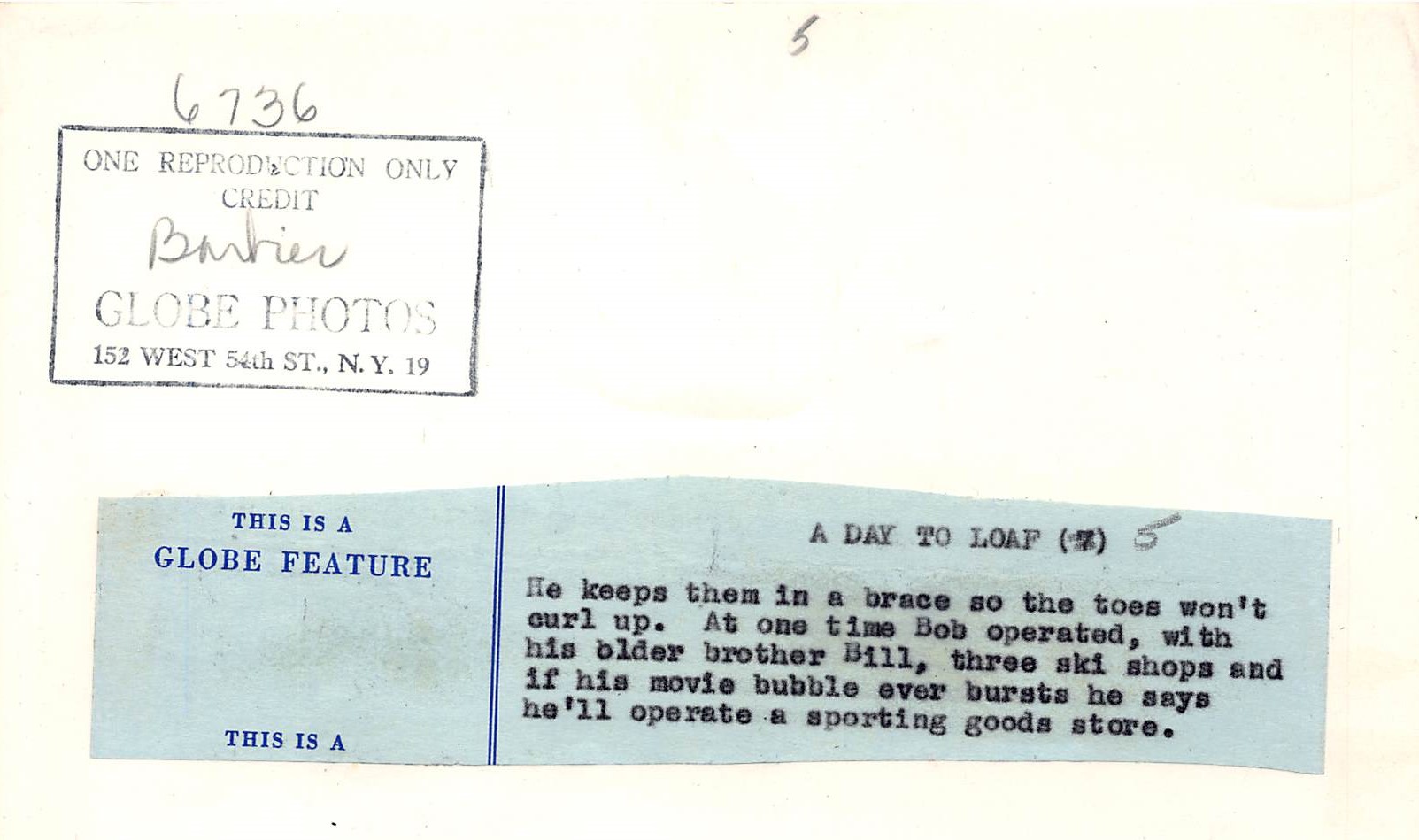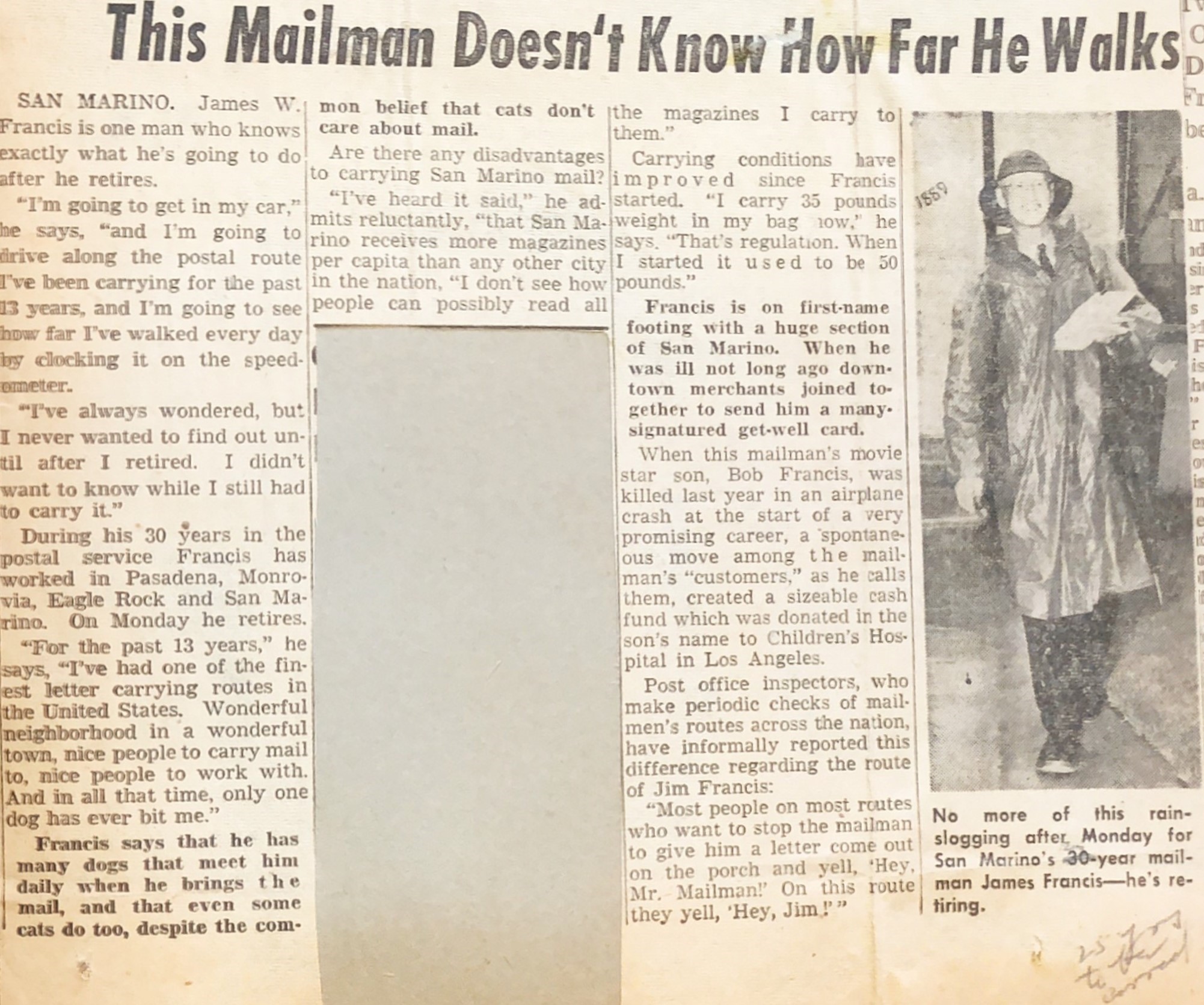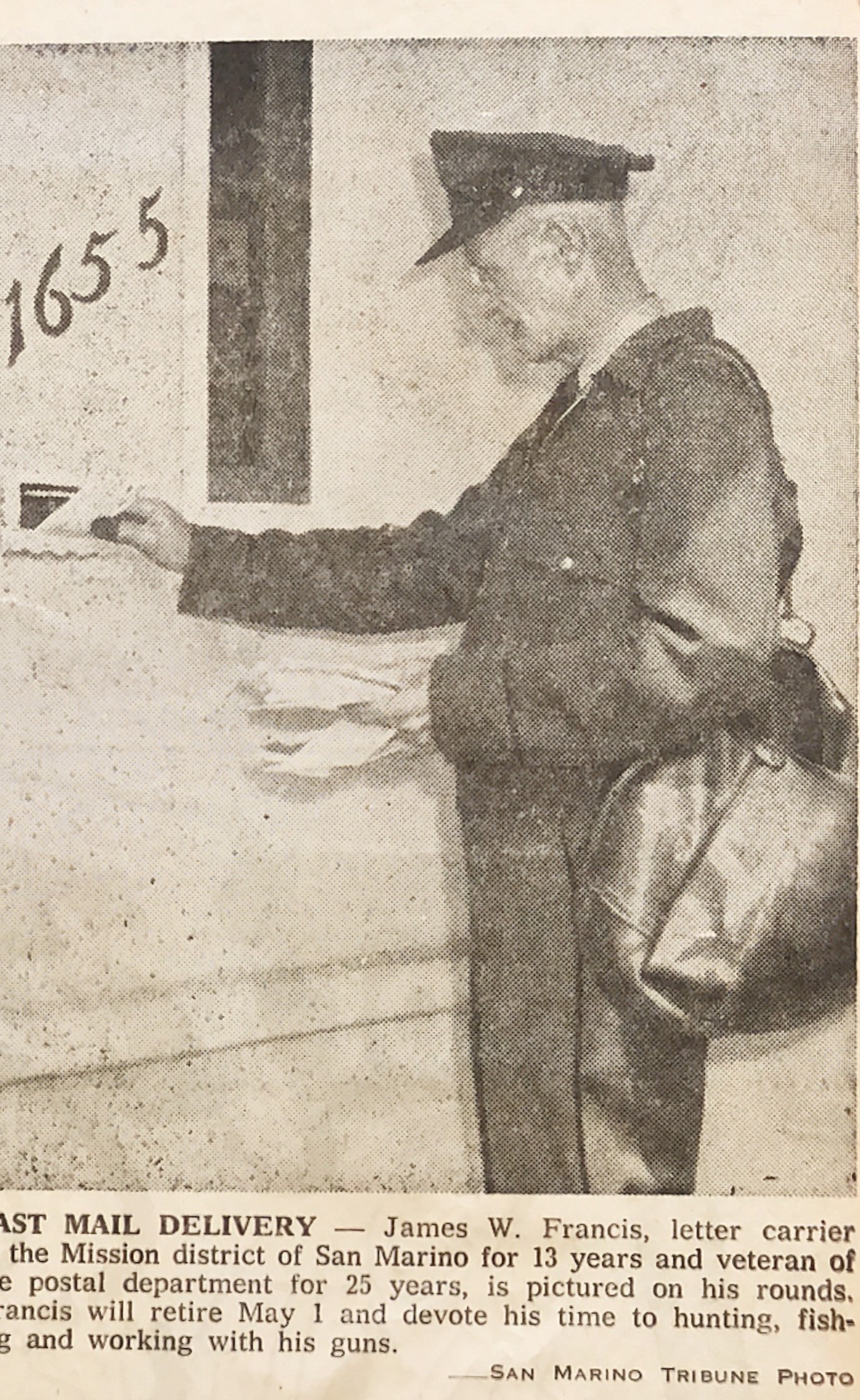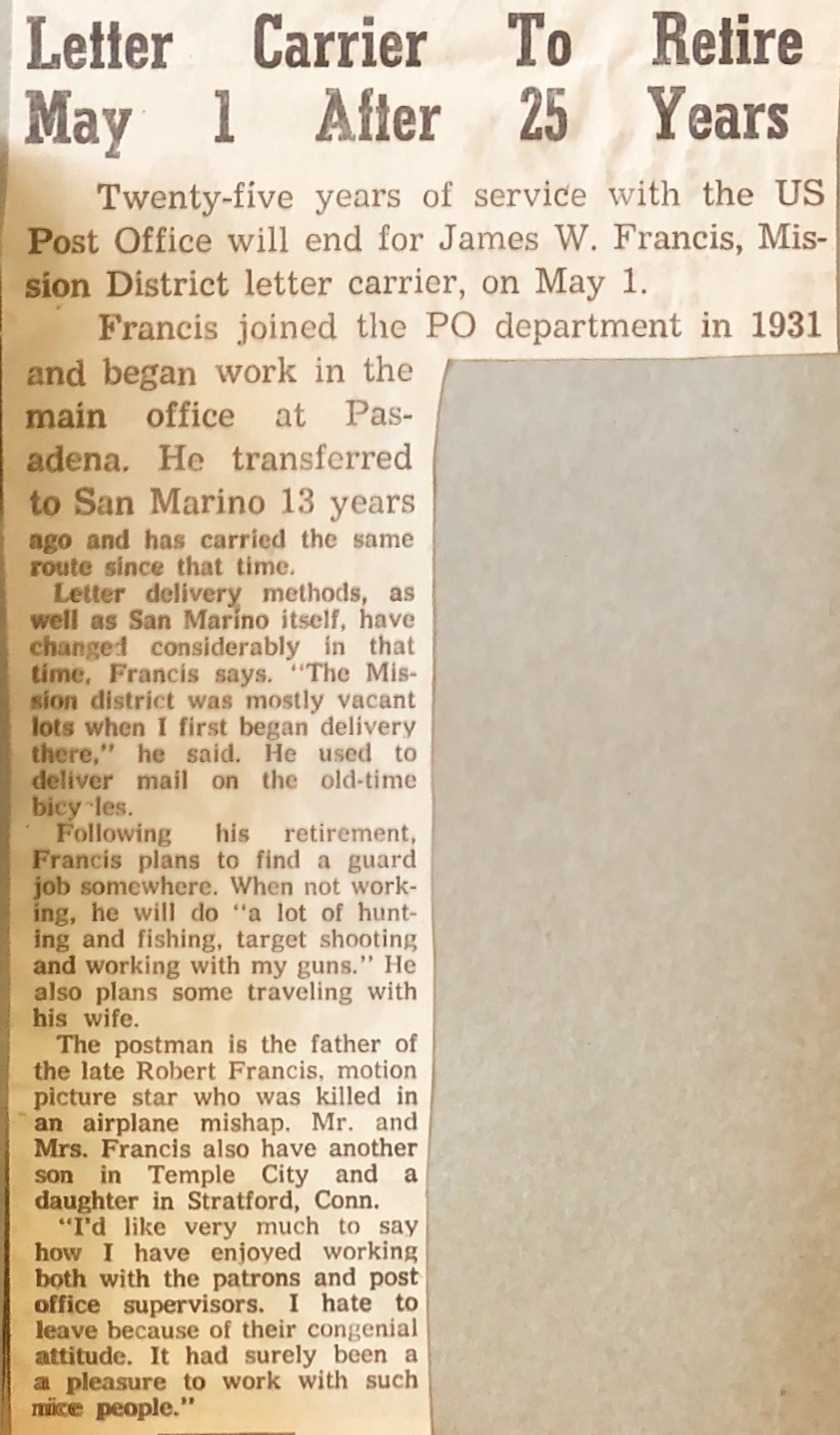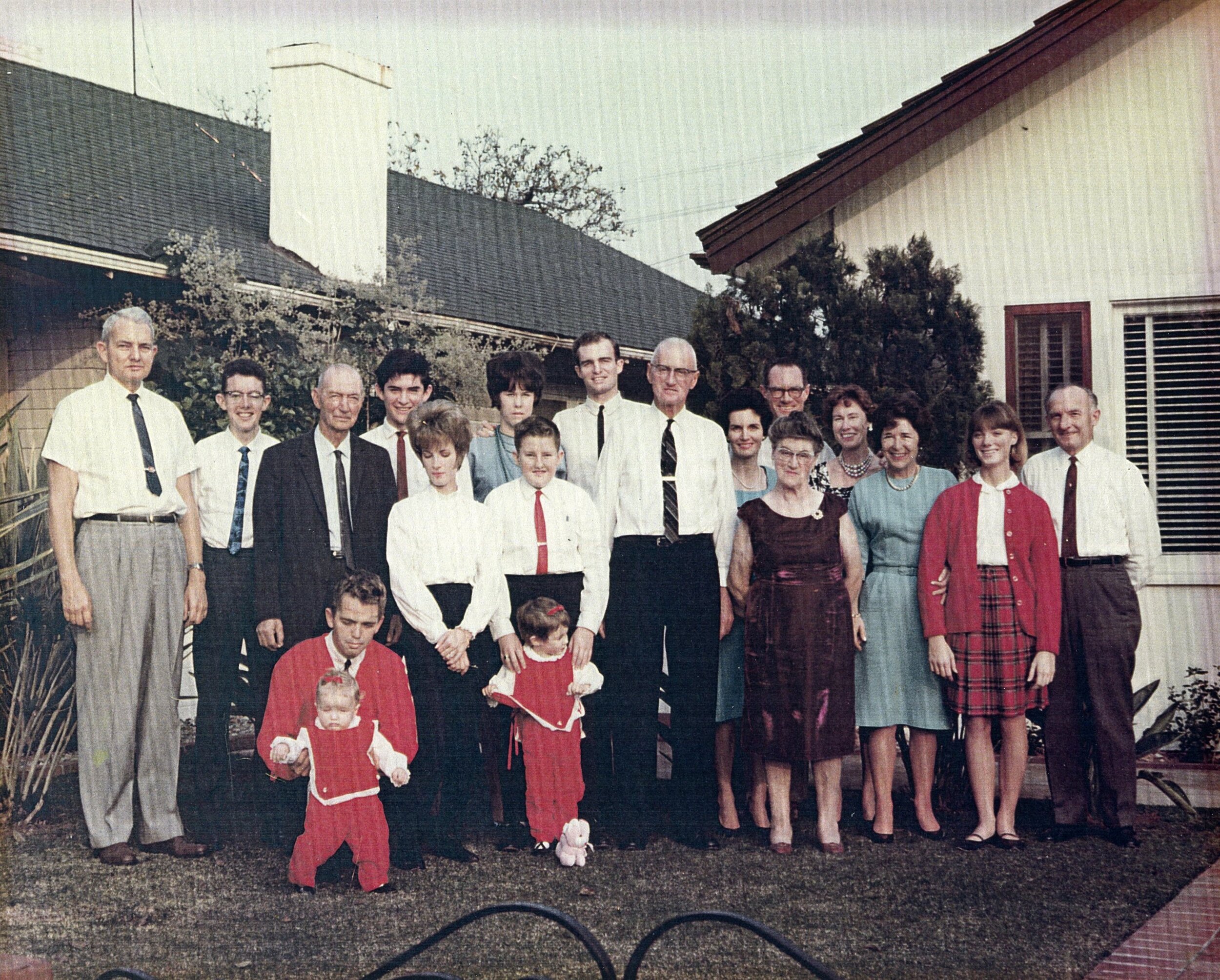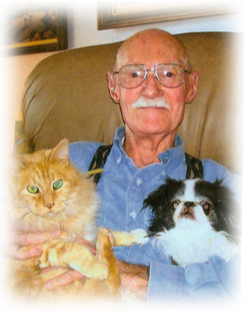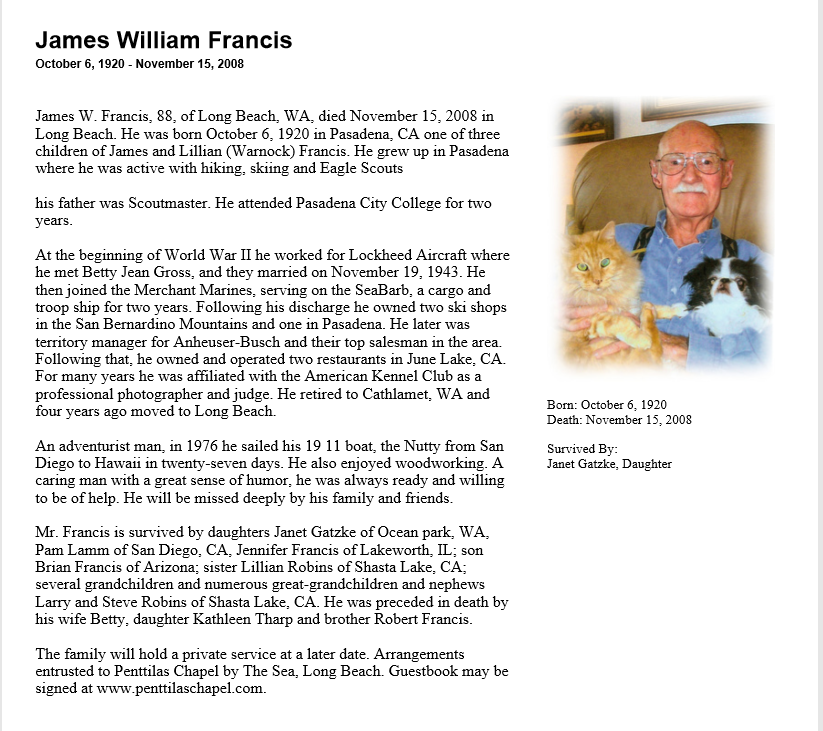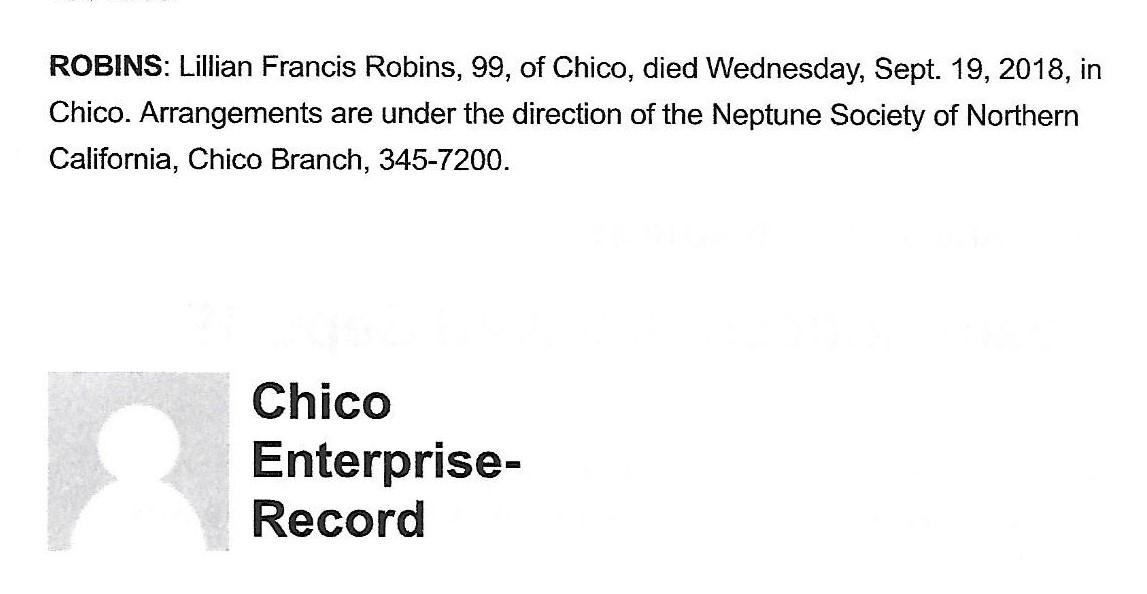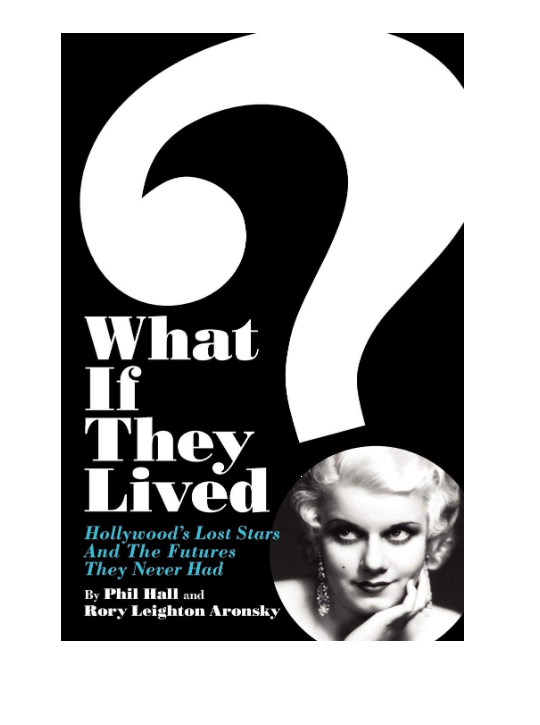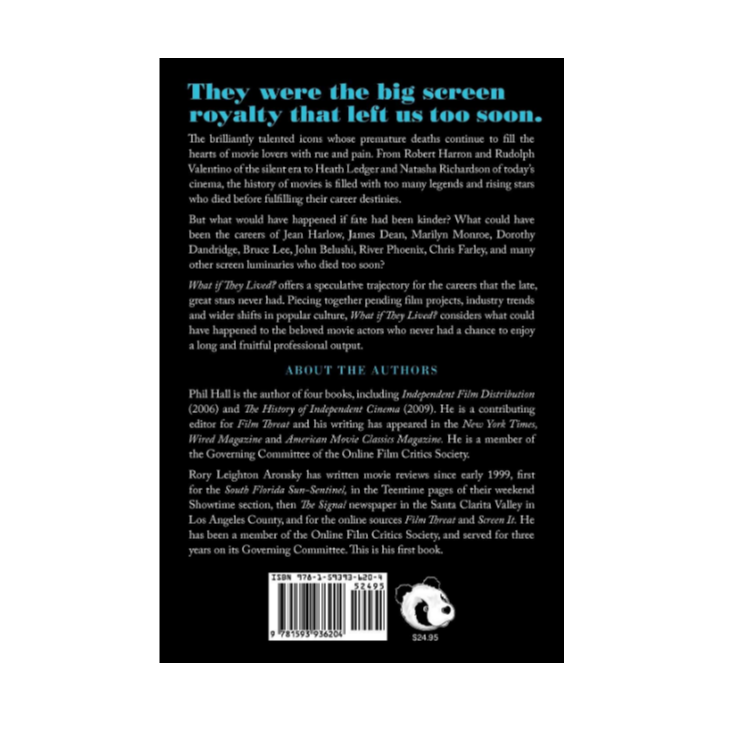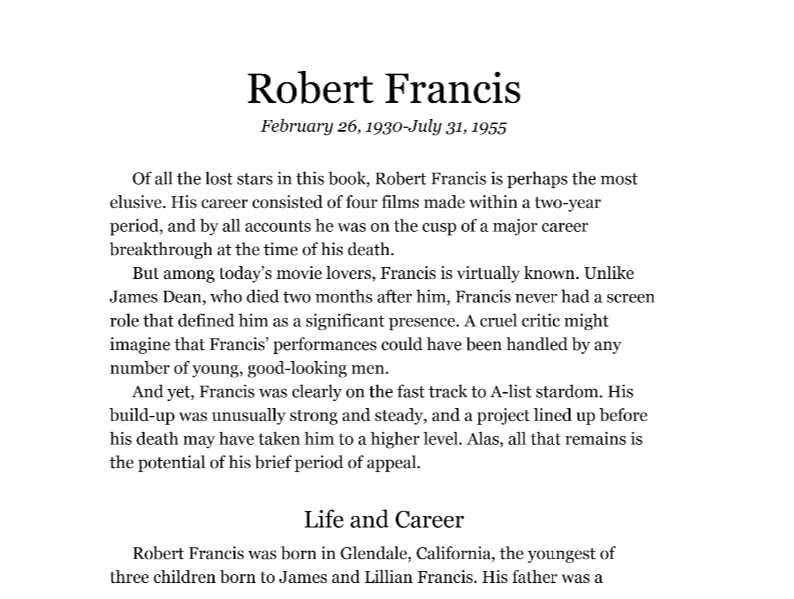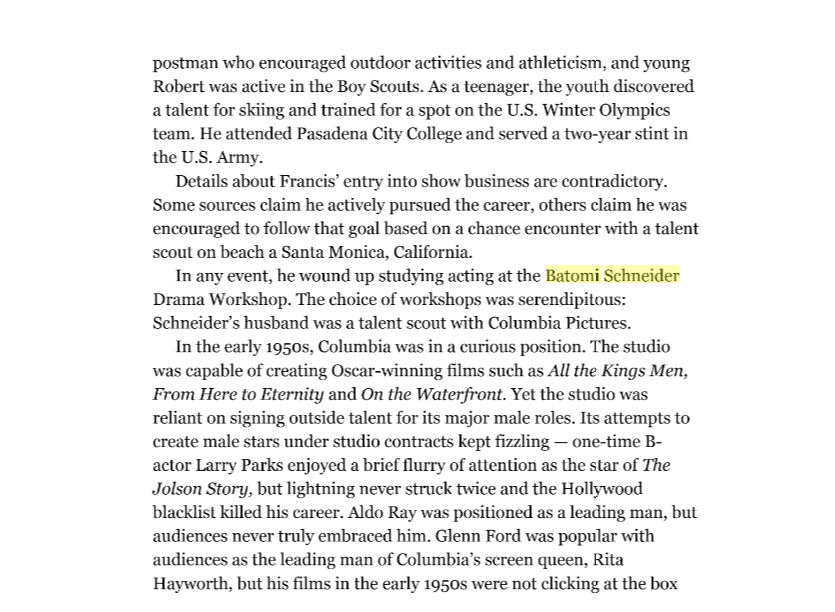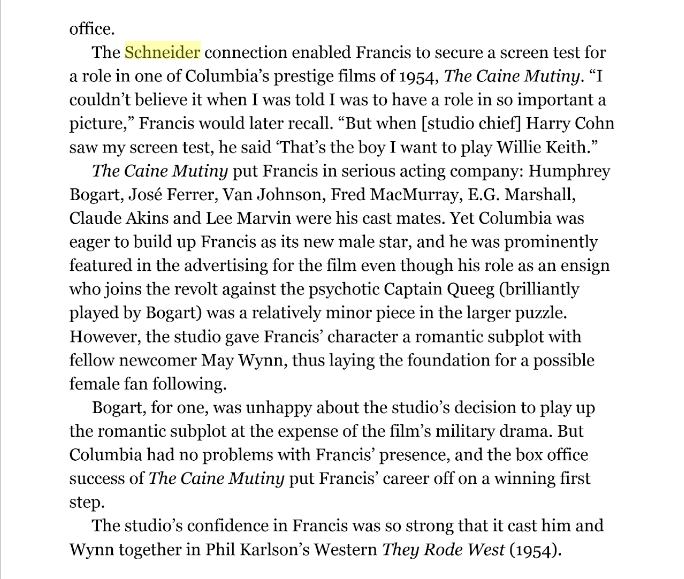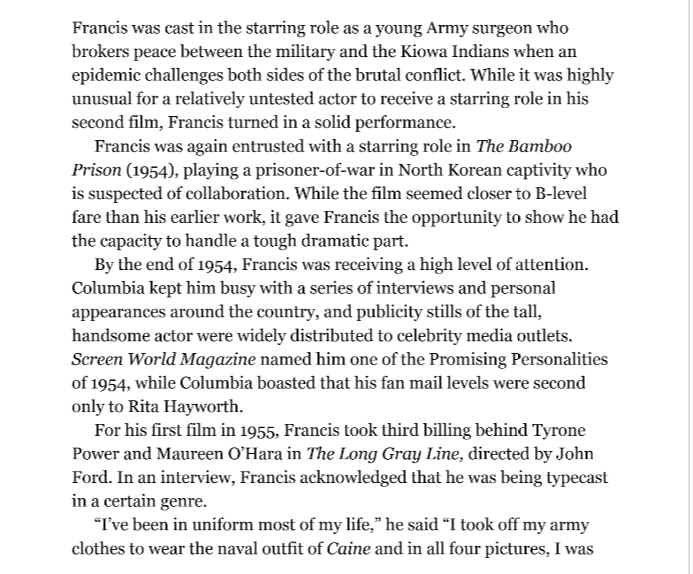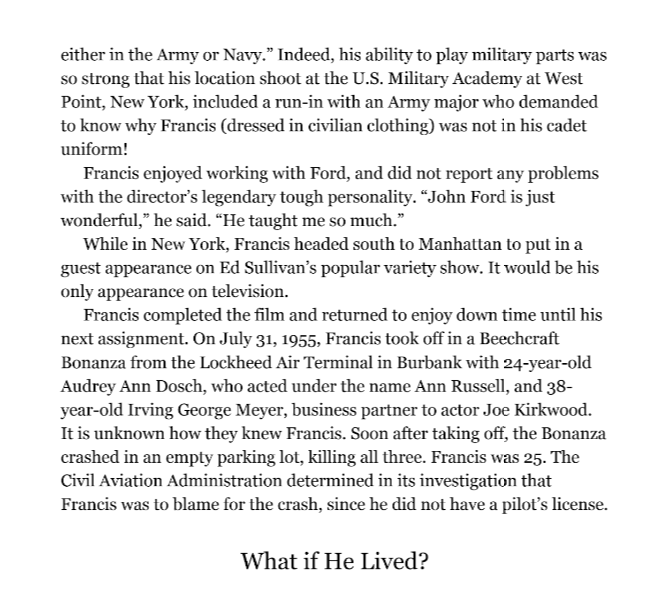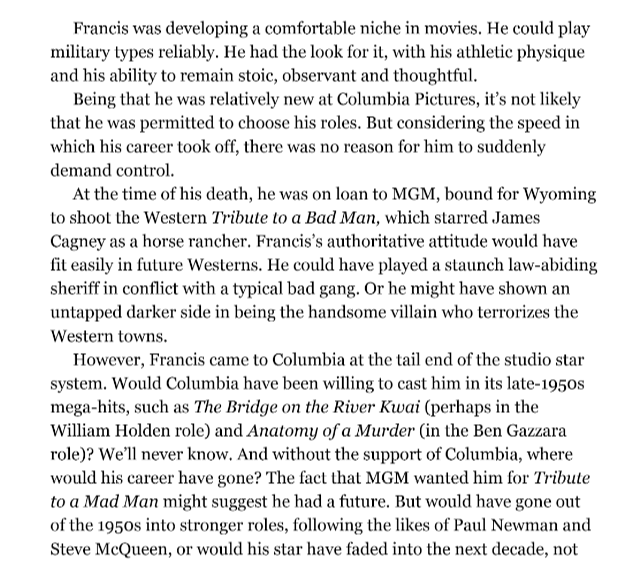What if? What if? What if?
Those left behind cannot help but think of all the “What Ifs” that might have made a difference in a life and a death — and in the future. What might Bob have achieved and done had he lived? For those who leave us in their youth, these thoughts can be especially painful.
What if the snowfall had been large in 1946-1949? What if he had gone on to a four-year college after graduating from Pasadena City College? What if Bob had not met Nanette Burris and gone to Santa Monica Beach on July 4, 1949? What if Bob had not studied with Botomi Schneider? What if he had not been cast in The Caine Mutiny?
The following are some of the most frequently pondered “What Ifs”:
What if...Columbia had had a film for Bob to appear in when he came home from his Dec. 1954 tour of New England?
Bob was due for a break after almost two years of shooting back-to-back movies and personal appearance tours and all the “making of a movie star” activities, but time between the New England tour (Dec. 1954) and the upcoming six-week tour for The Long Gray Line (Feb.-March 1955) was insufficient for even another fast track movie like They Rode West and The Bamboo Prison. The loan-out for Tribute to a Bad Man may have been arranged while he was doing the tour for The Long Gray Line. He perhaps had less than two months between that tour and the start of Tribute, probably even less because of pre-production work.
Although Columbia had great success with From Here to Eternity (1953) and On the Waterfront (1954), no similar “big movie” was on its late-1955 (filmed in early 1955) release list — The Long Gray Line was one of its “bigger” titles of the year. Movies being filmed at Columbia in late winter-early spring 1955 included Queen Bee starring Joan Crawford and suitably mature actors in Crawford’s age bracket; Three Stripes in the Sun with Aldo Ray and Phil Carey as tough-guy soldiers (another military uniform had Bob been cast), and several crime, western, and other B productions. None suitable for Bob who needed to continue in leading and strong secondary roles in A productions. Many of the productions being shot at Columbia in 1955 featured more experienced actors in leads and Columbia’s young contract players, including Anne Bancroft, Lucy Marlow, William Leslie, and Betsy Palmer, in secondary and minor roles.
The studio’s films for release in 1956 looked more promising: Picnic, The Harder They Fall, The Eddy Duchin Story, The Solid Gold Cadillac. However, of these only Picnic might have been a possibility for Bob. The film’s location shooting dates in Kansas coincided with those of Tribute for a Bad Man. He could not have done both. However, once William Holden was cast as the male lead in Picnic, Bob would have been considered too young in years and looks for the second male lead. Cliff Robertson who played that role was just enough years older than Bob to look as if he had been Holden’s college friend.
Columbia was dealing with another reality of the end of the star and studio systems. Long-term contracts no longer appealed to established actors. Loan-outs for other “star” contract players like Jack Lemmon and Kim Novak kept them working and building their careers — and providing income to Columbia for the “loan.” Columbia might have found some suitable roles for Bob in its late-1950s productions, but he likely would have found himself on loan more often than not or moving into Columbia’s television productions.
What if…Spencer Tracy had liked the script, leading lady, and location for Tribute to a Bad Man or simply fulfilled his commitment to the film?
See the Films web page for Tribute to a Bad Man on this website. The location shooting in Colorado was due to run about six weeks, from late May/early June until mid-July. Interiors were to be filmed at Metro-Goldwyn-Mayer in late July and early Aug. Bob would likely have not been taking flying lessons during that time period; he would have been in violation of his contract. In those days shooting was done six-days a week. Sunday was the only day off for relaxing and preparing for Monday’s scenes. Bob certainly might have taken flying lessons after the film wrapped, but he might also have gone from Tribute into another film at Columbia or on another loan-out.
Storm Center starring Bette Davis was shooting in the early fall of 1955 at Columbia; Bob might have been cast in the somewhat unsympathetic role that Brian Keith played. Otherwise, there were no roles in The Harder They Fall or The Solid Gold Cadillac for Bob. Or in Columbia’s weak remake of It Happened One Night, You Can’t Run Away from It which starred June Allyson and Jack Lemmon (and directed by Allyson’s then-husband, Dick Powell).
A problem for Bob at this time was tied to the casting of established stars in leading roles pitted against his age and looks. Although he had played “older” in They Rode West and The Bamboo Prison, he could not easily play a romantic lead opposite Allyson who was more than 12 years his senior. But Lemmon (five years older than Bob) could, both in looks and comedic talent; Brian Keith (nine years older than Bob) could convincingly fight with Bette Davis and be Kim Hunter’s love interest in Storm Center.
None of the studios did especially well by their young contract players in these years; there were a lot of loan-outs and miscastings. Rock Hudson and Tony Curtis at Universal, to a certain extent Robert Wagner at Fox, had continuing support and long-term contracts with their studios — until they didn’t or until they took control of their careers for good or bad.
What if…Bob had observed the contractual prohibition of activities that might result in injury or death while making a movie?
Yes, there is that. Maybe Bob was still young enough to think of himself as invincible. Of course, being young, invincibility probably never crossed his mind.
